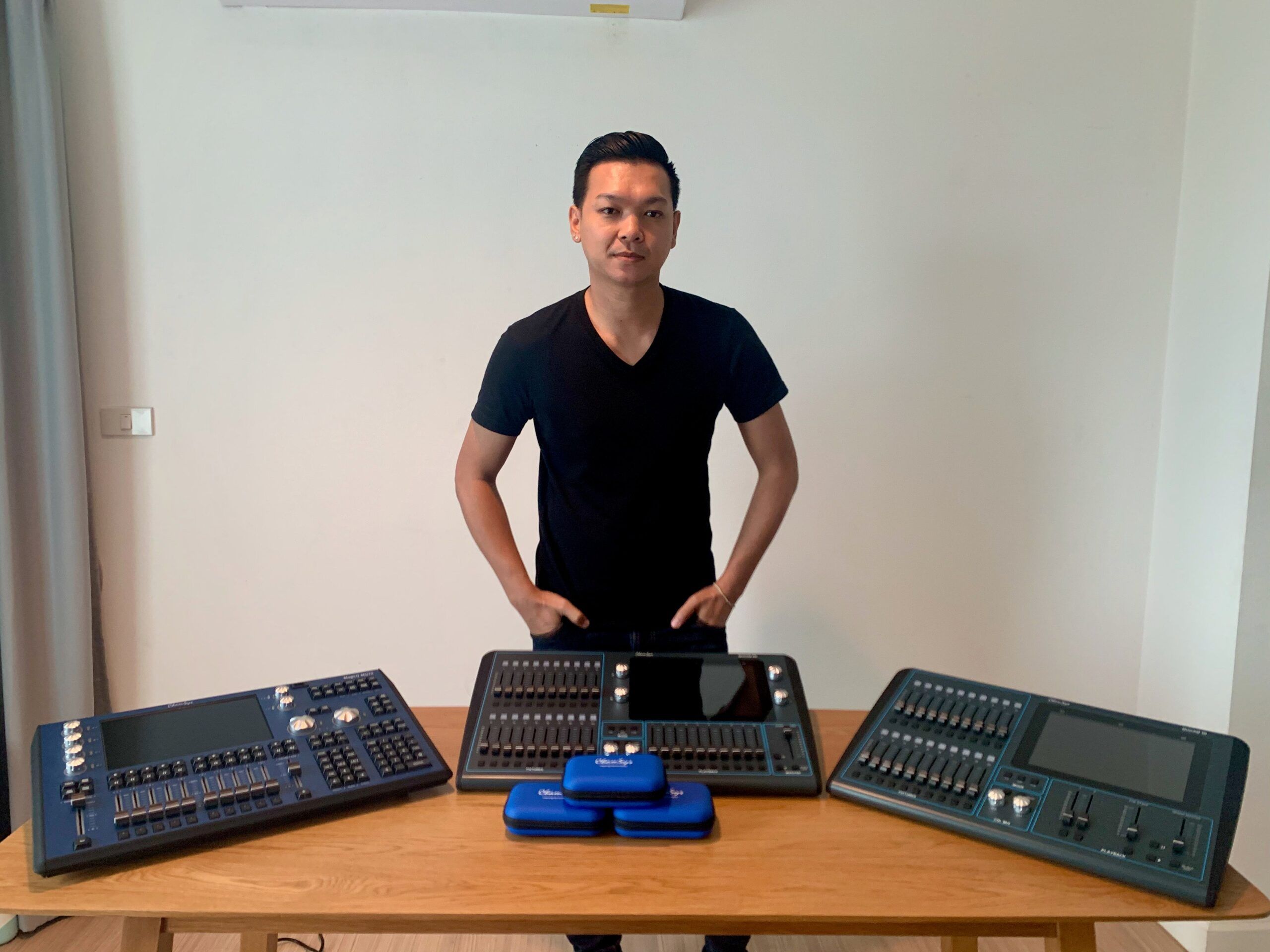ChamSys Powers Luciano’s Majestic Tour
BERLIN – He’s had six albums chart in the Top 10 and sold out Germany’s leading concert venues. Last year, in September, he became the first German rapper to reach over seven million Spotify listeners. But through it all, musical phenom Luciano hasn’t lost touch with the creative forces rising from the streets of the Schöneberg district of Berlin; they continue to drive his music today, just as they did when he burst upon the scene in 2012.
“I come from the street. I have characteristics from the street, and the streets can teach positive lessons as well,” Luciano once told an interviewer. However, as his career has flourished, the irrepressible rapper has enlarged his musical footprint and stage charisma, creating a uniquely powerful style. His impressive presence was on full display on his recent “Majestic Tour” of Germany and Austria.
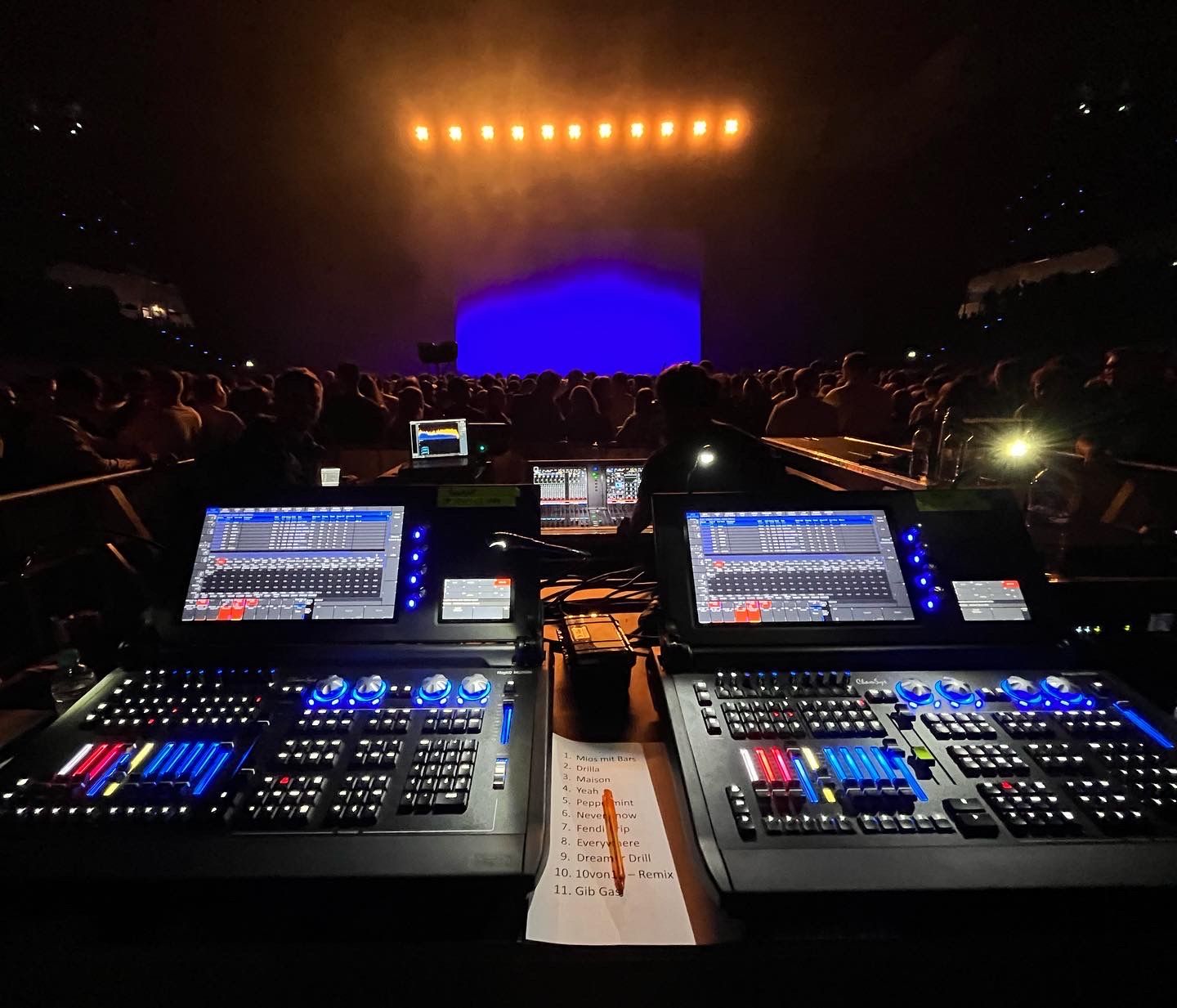
Reflecting the spirit of Luciano’s impassioned performance visually was a bold and ambitious light/video show that was programmed by Stefan Gunkel on a ChamSys MagicQ MQ500M Stadium, and run by lighting operator Norbert Wolf using two MagicQ MQ250M units supplied by Robin Masters Veranstaltungstechnik (Björn Dietsch), who recently invested in the consoles
“The show captivated audiences, not only through its music, but also with a lighting and stage design that were majestic too,” Gunkel explained. “The central element in the show was made up of two 10m high LED blocks, which were covered with content as well as live camera images.”
Playing off against the transformative images on these large, vertically oriented video walls, was light from over 100 high-output fixtures, which crisscrossed the stage and reached out to the crowd with engaging audience lighting. Monochromatic color palettes and evocative silhouettes from these lights also added to the dramatic impact of the show.
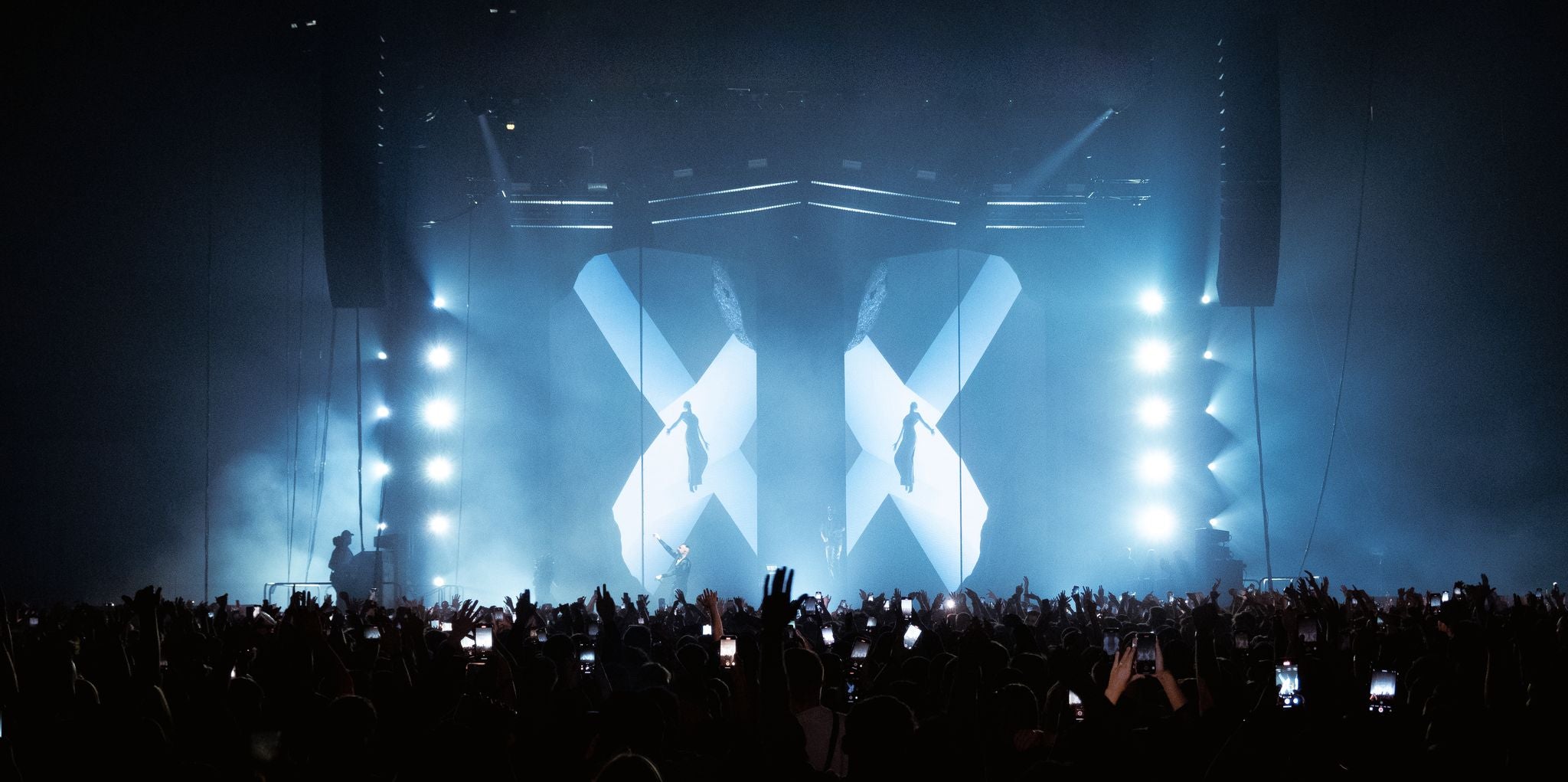
The task of programming this video and light show was made much easier by several performance features on the MagicQ MQ500M, including its encoder playbacks and fully motorized faders, which collectively provided 42 playbacks. Also aiding int the programming was the console’s inbuilt MagicVis Visuliser.
Out on the road, the pair of MagicQ MQ250M consoles, made life easier for Wolf who has been operating lightshows for Luciano for quite some time. During the rehearsal days at BBMClair in Berlin, he and Gunkel adapted the programmed show to the live setup.
“Thanks to structured programming and the clear workflow of the ChamSys MagicQ software on the consoles, I was able to quickly familiarize myself with the new MQ250M,” said Wolf, who noted that the intuitive layout of these consoles saved him “valuable time” during each tour date. That was time he spent very well doing something else, namely running a light and video show that could best be described as “majestic!”
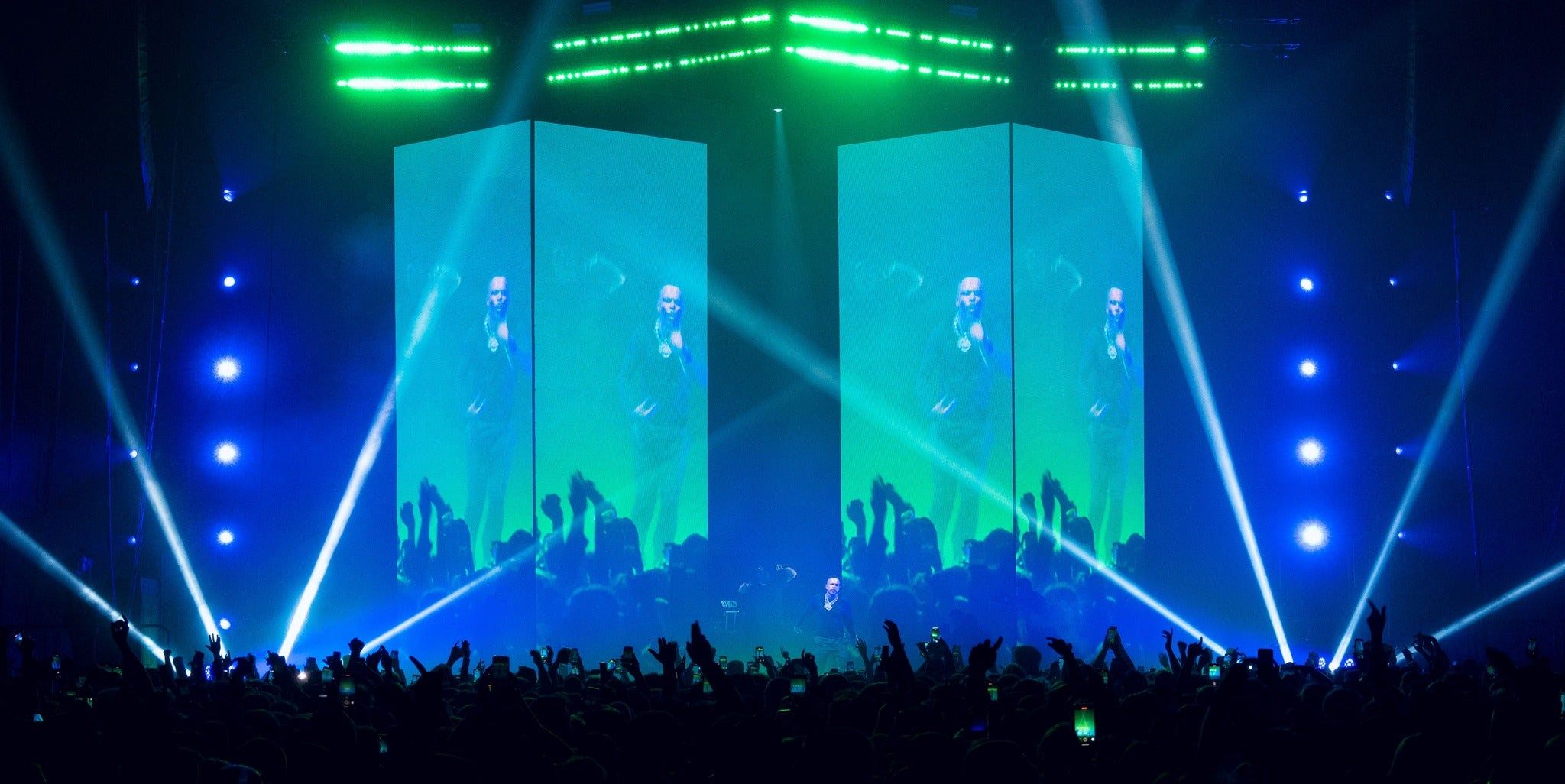
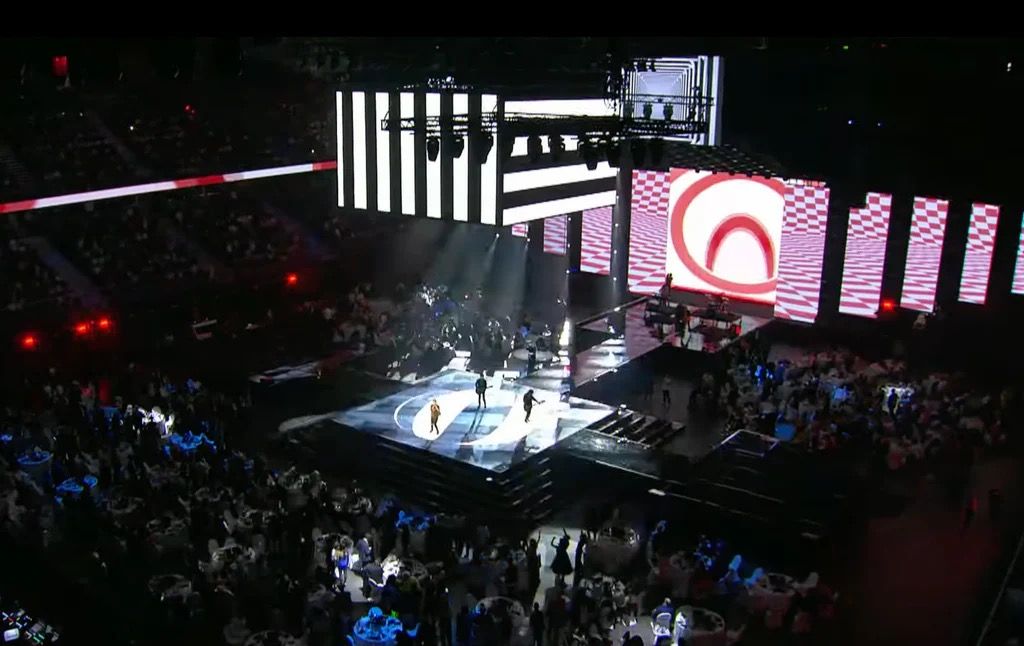
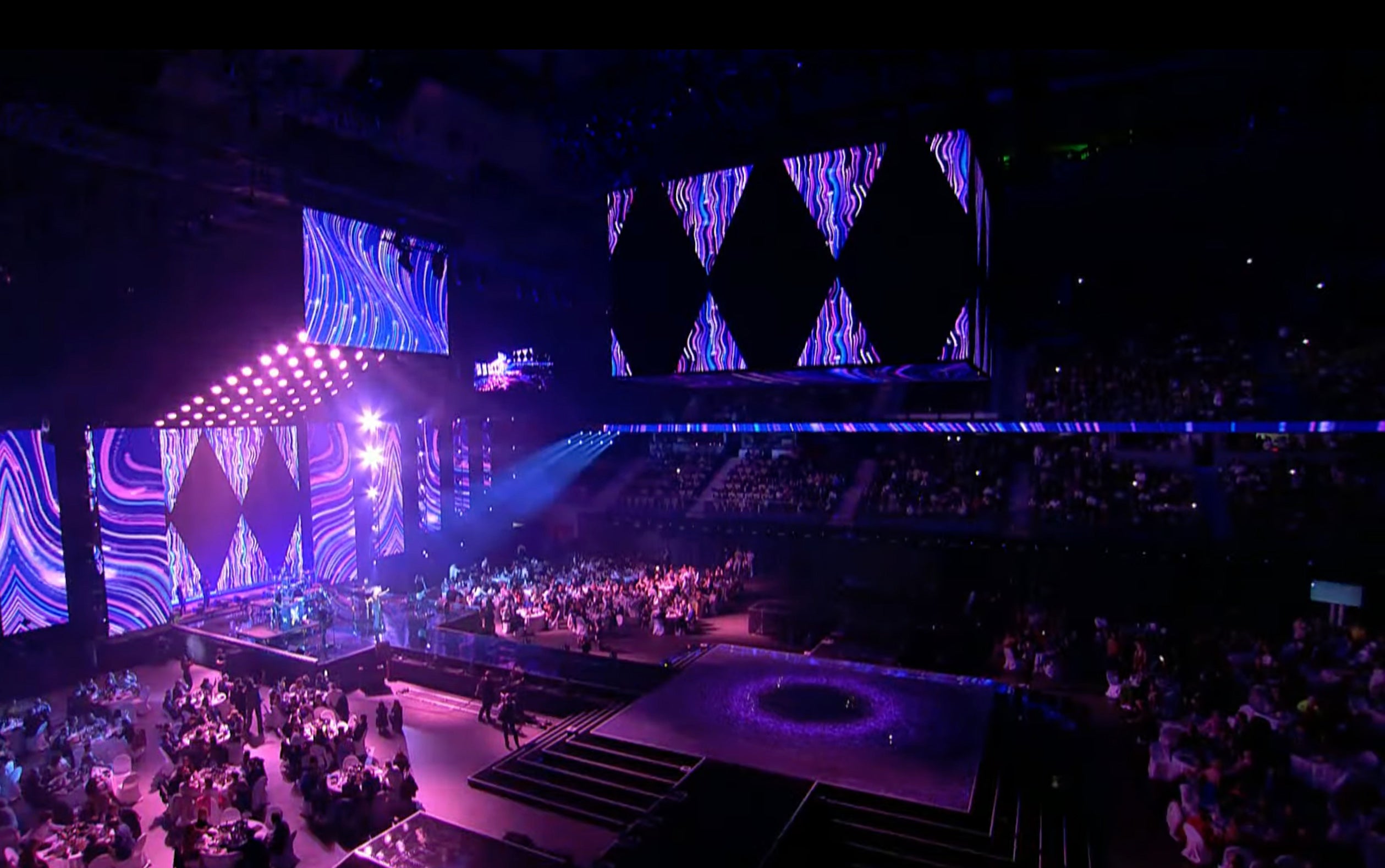
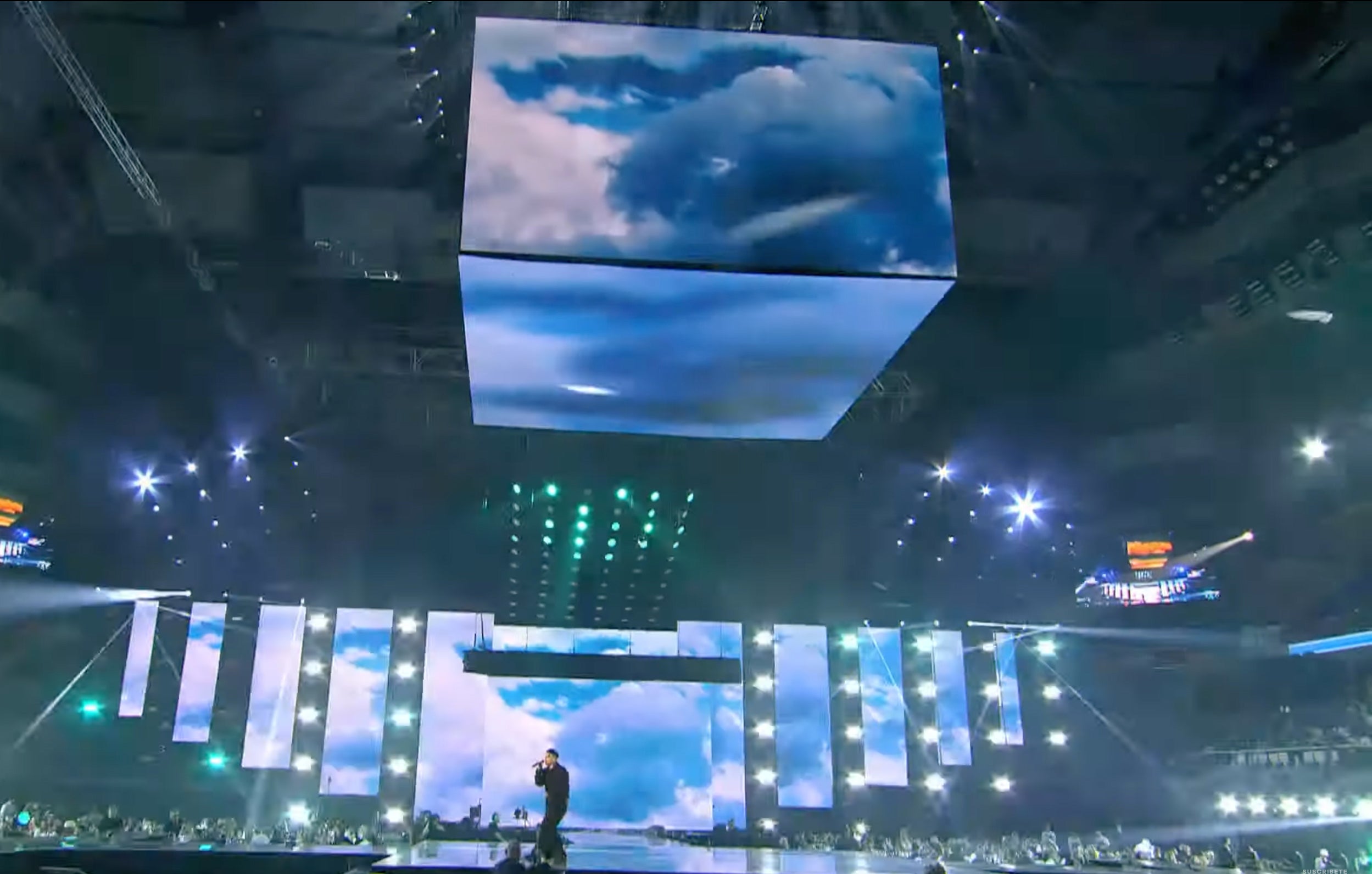

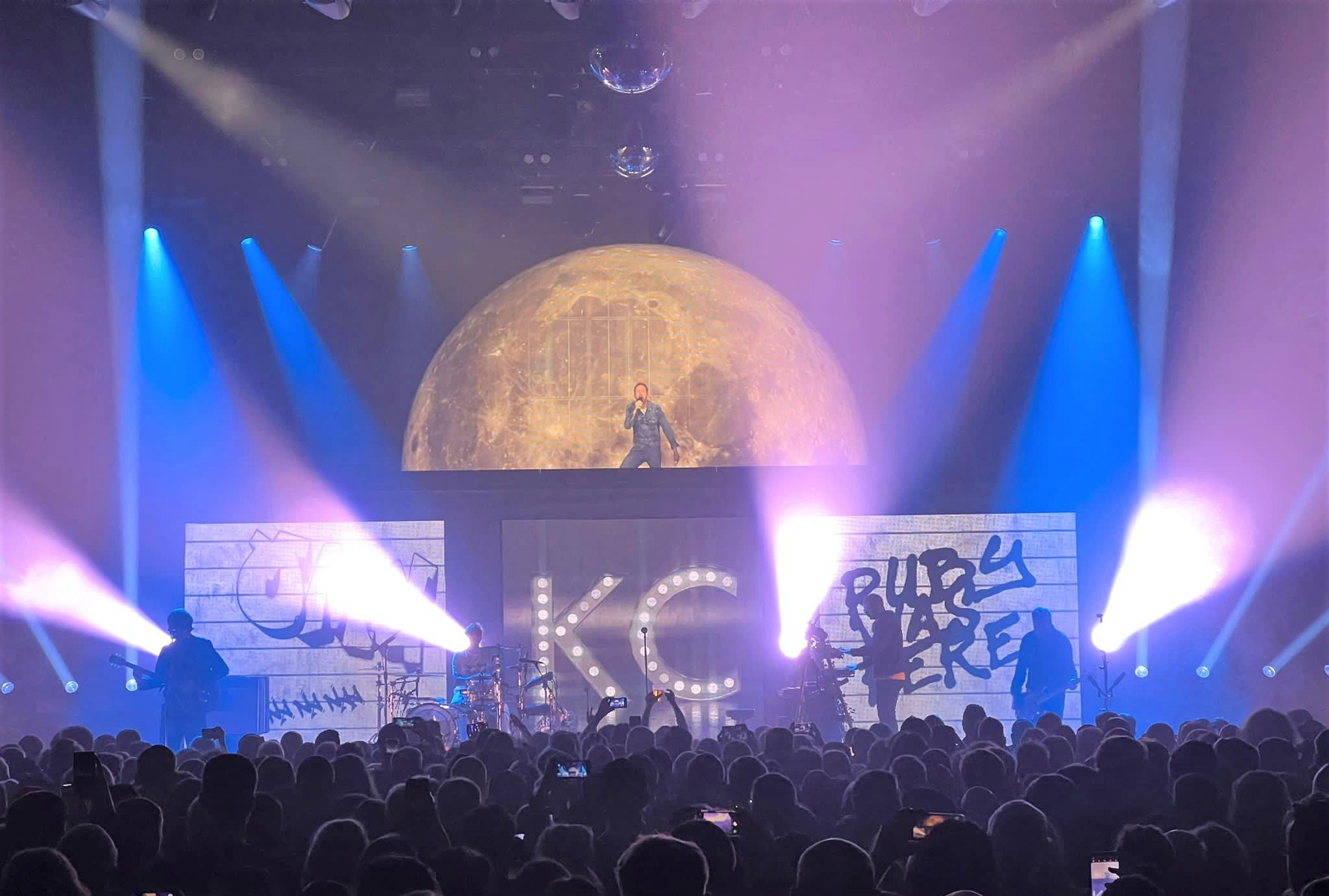
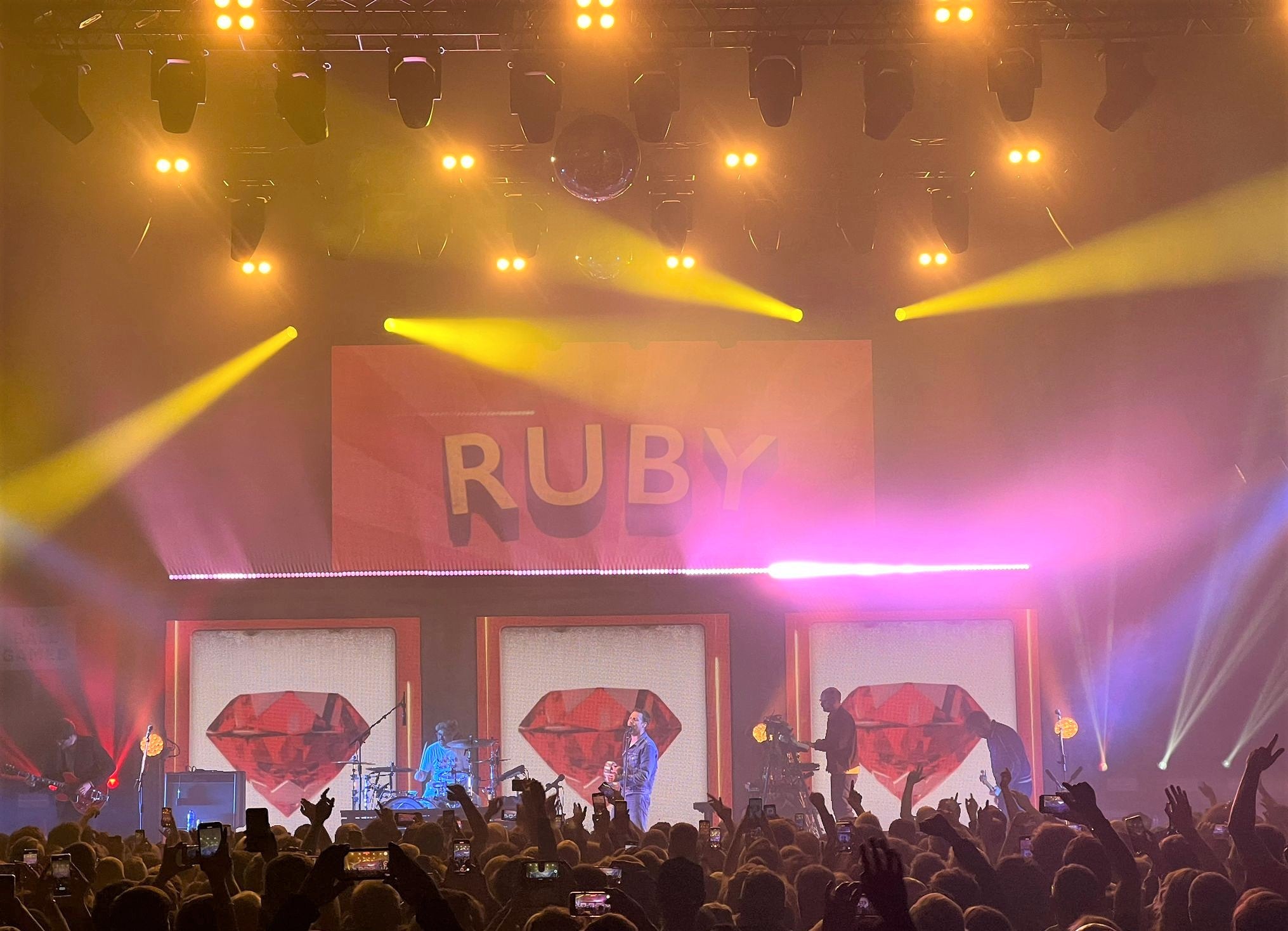
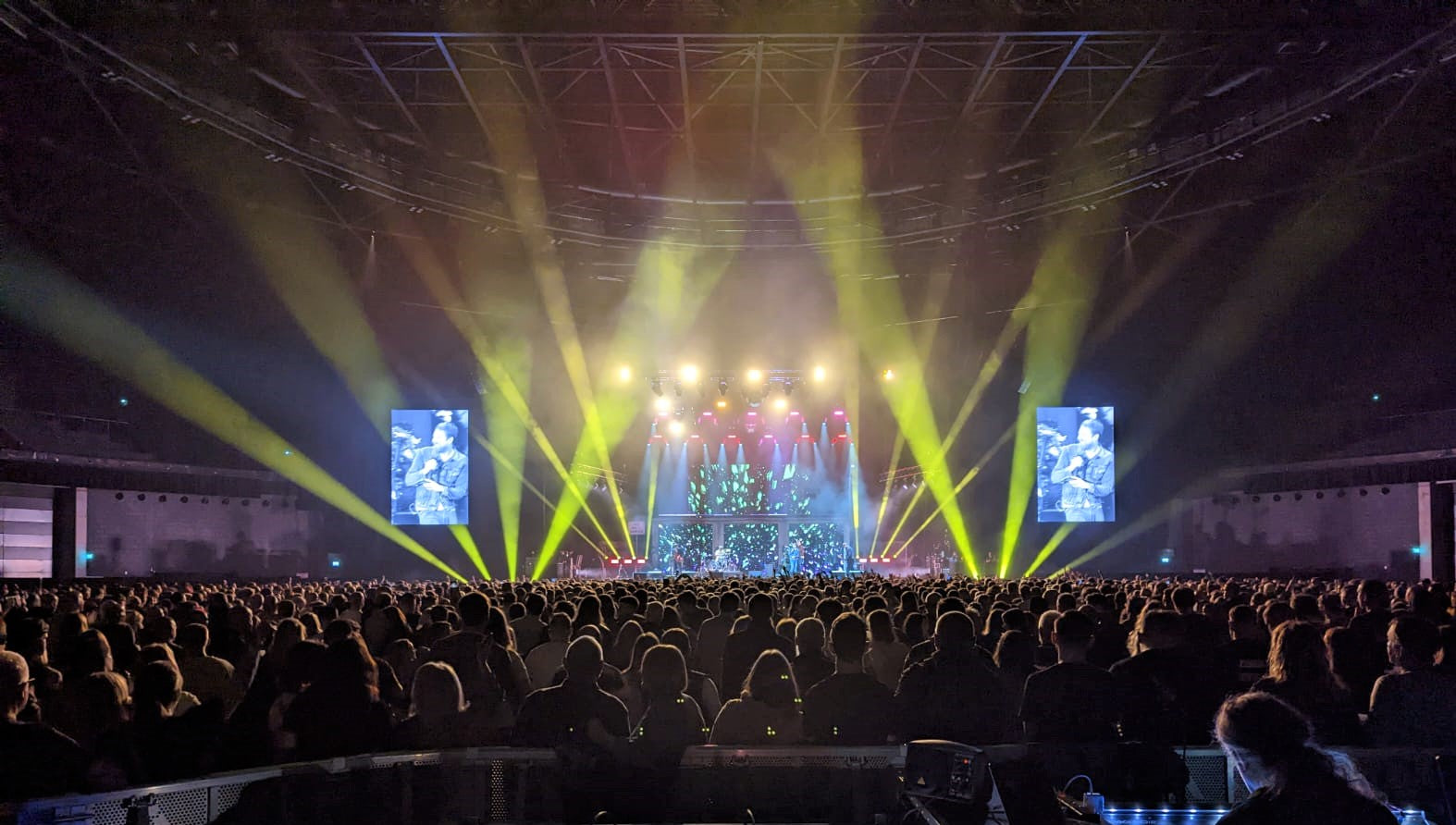
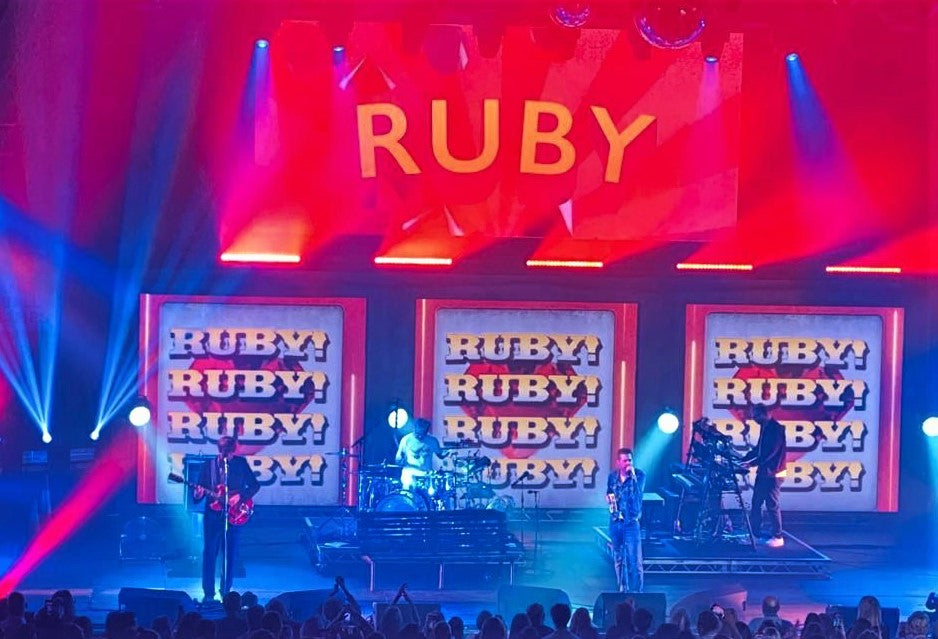
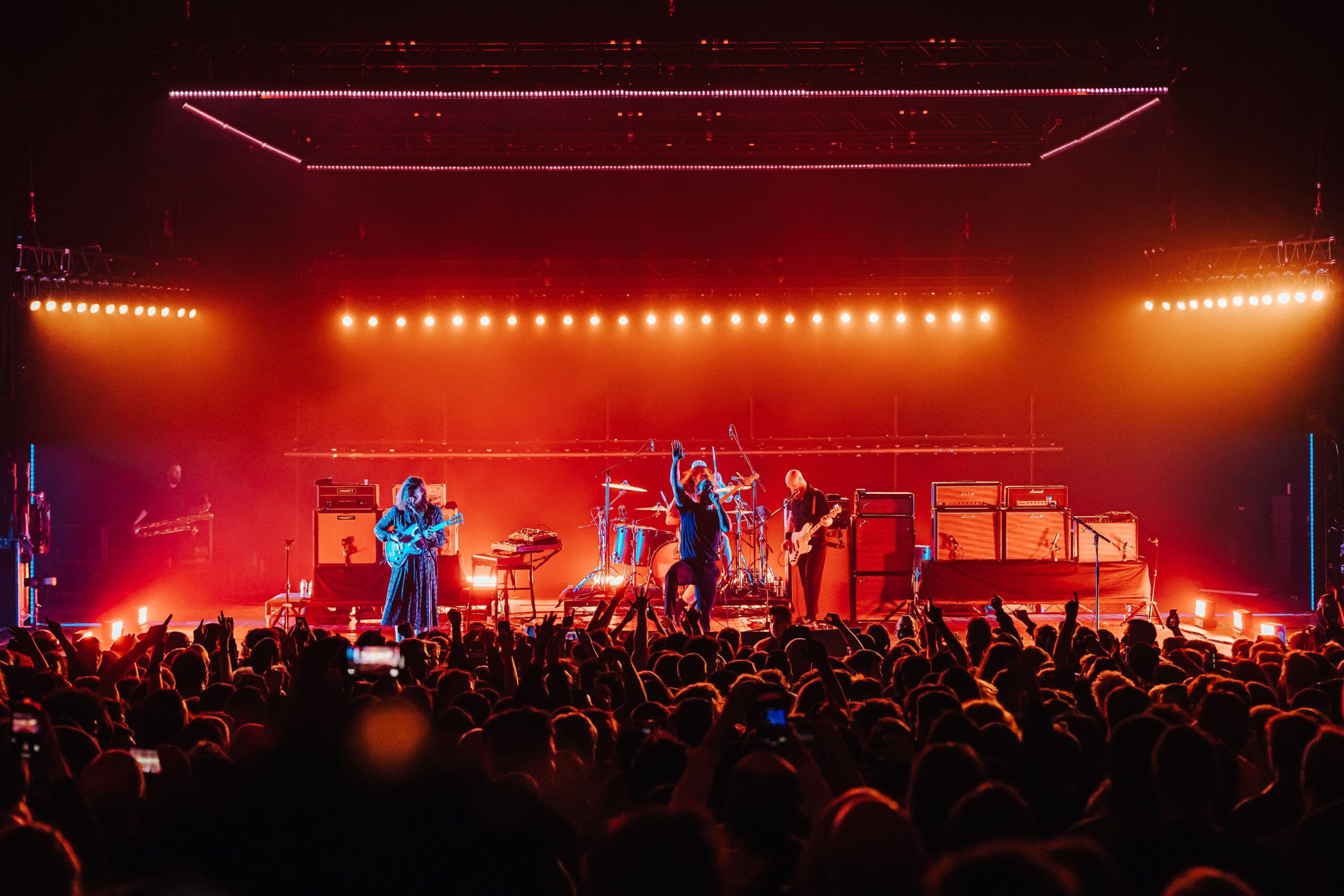
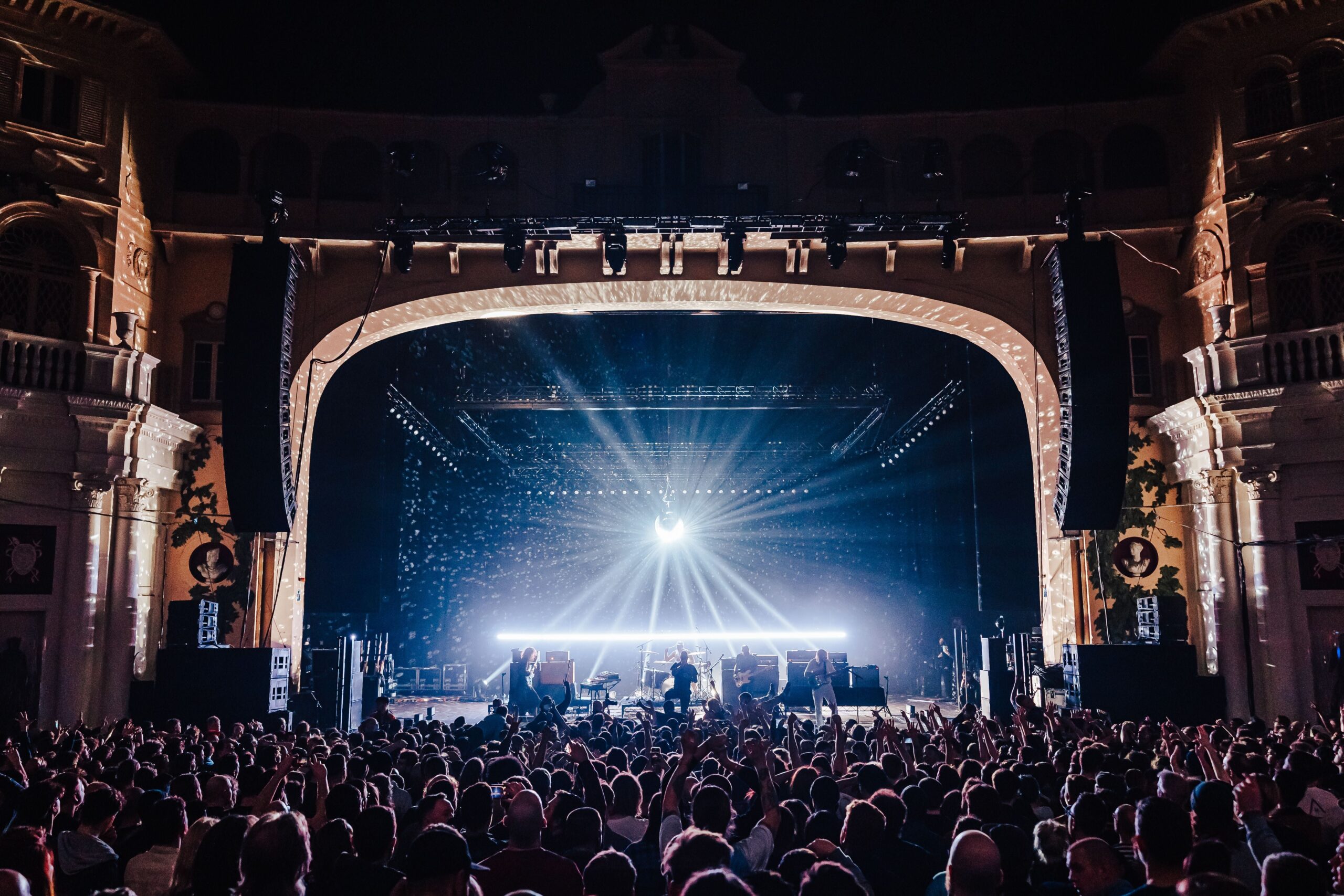
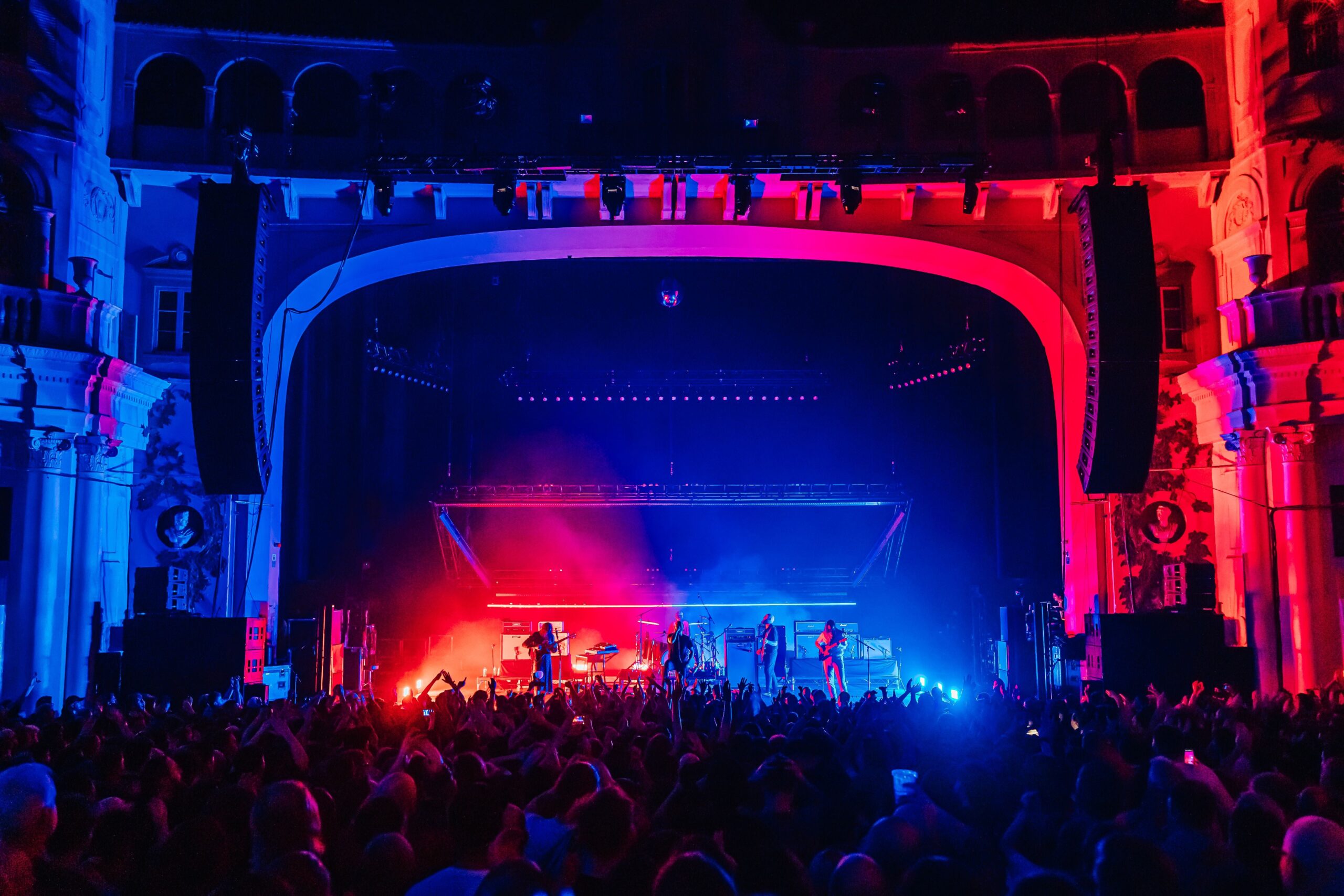
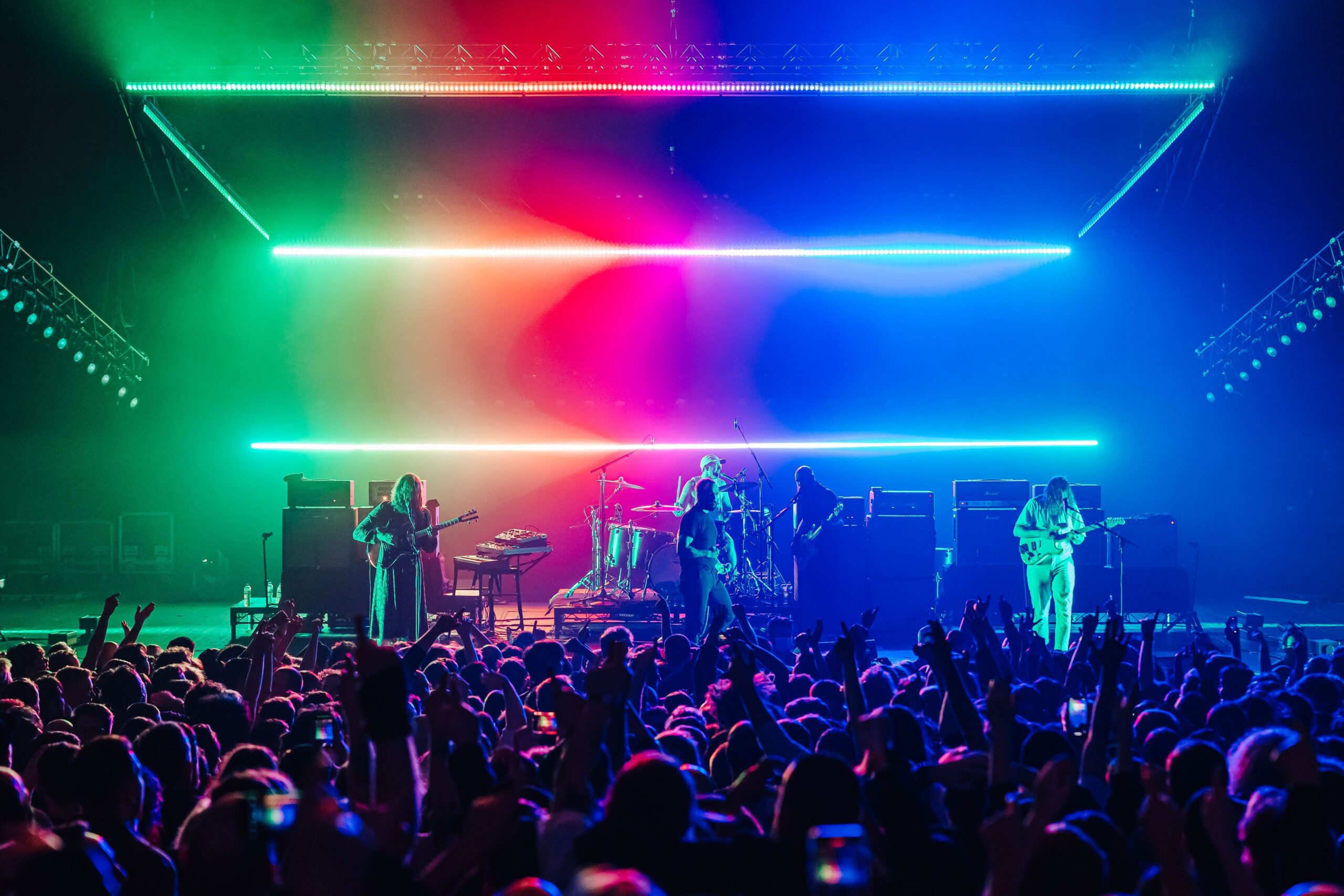
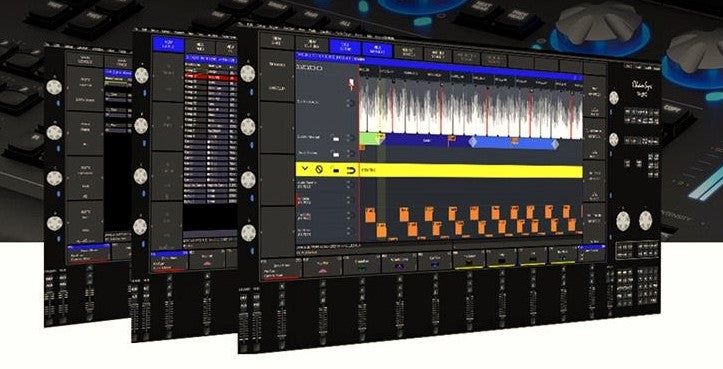
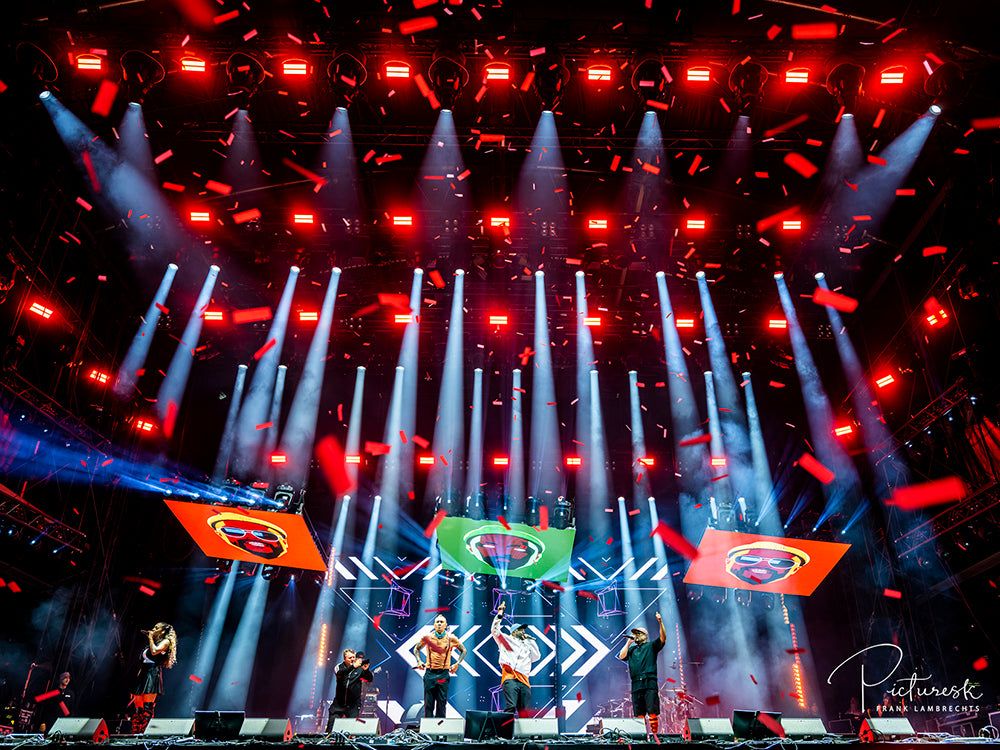
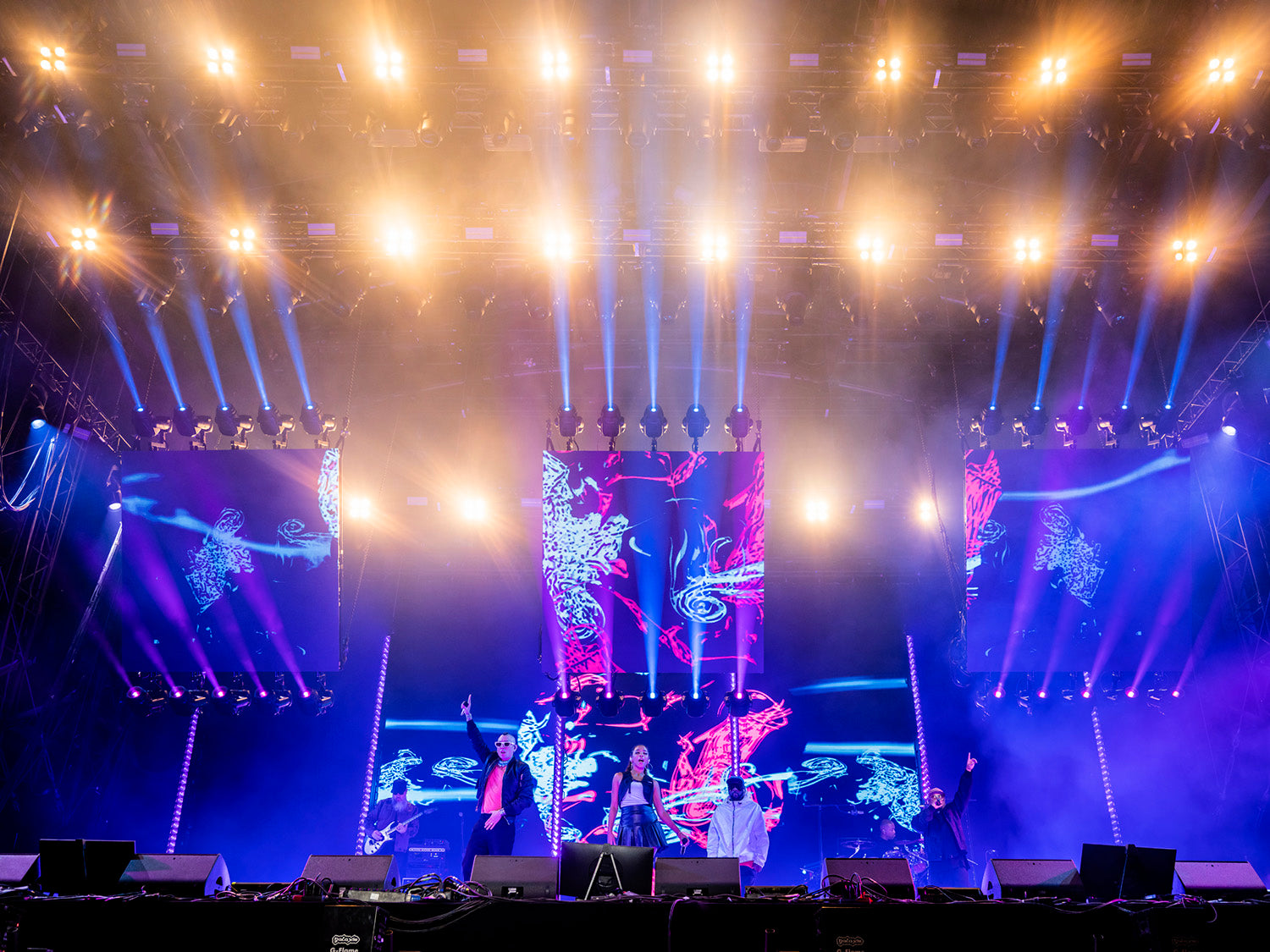

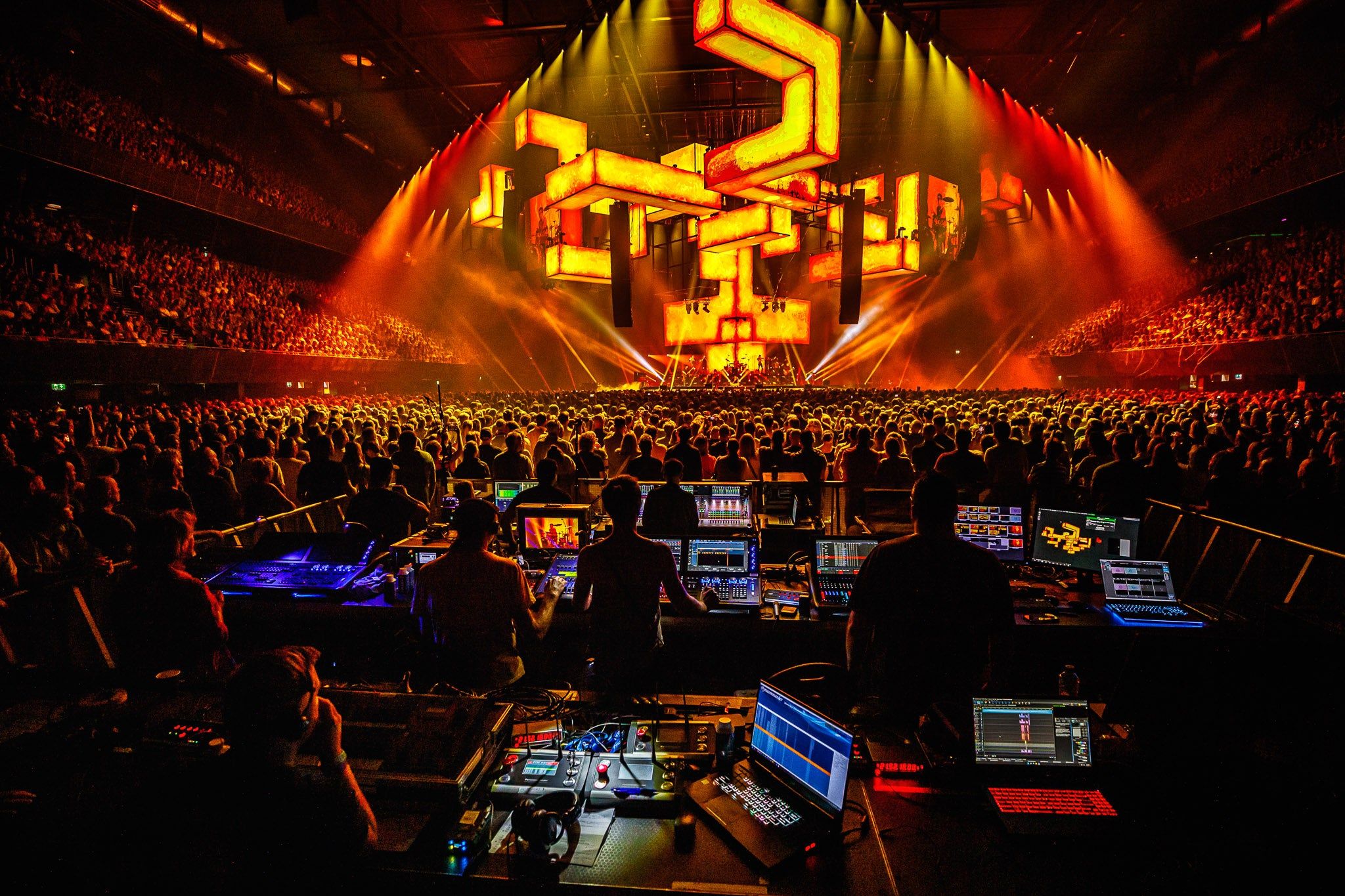
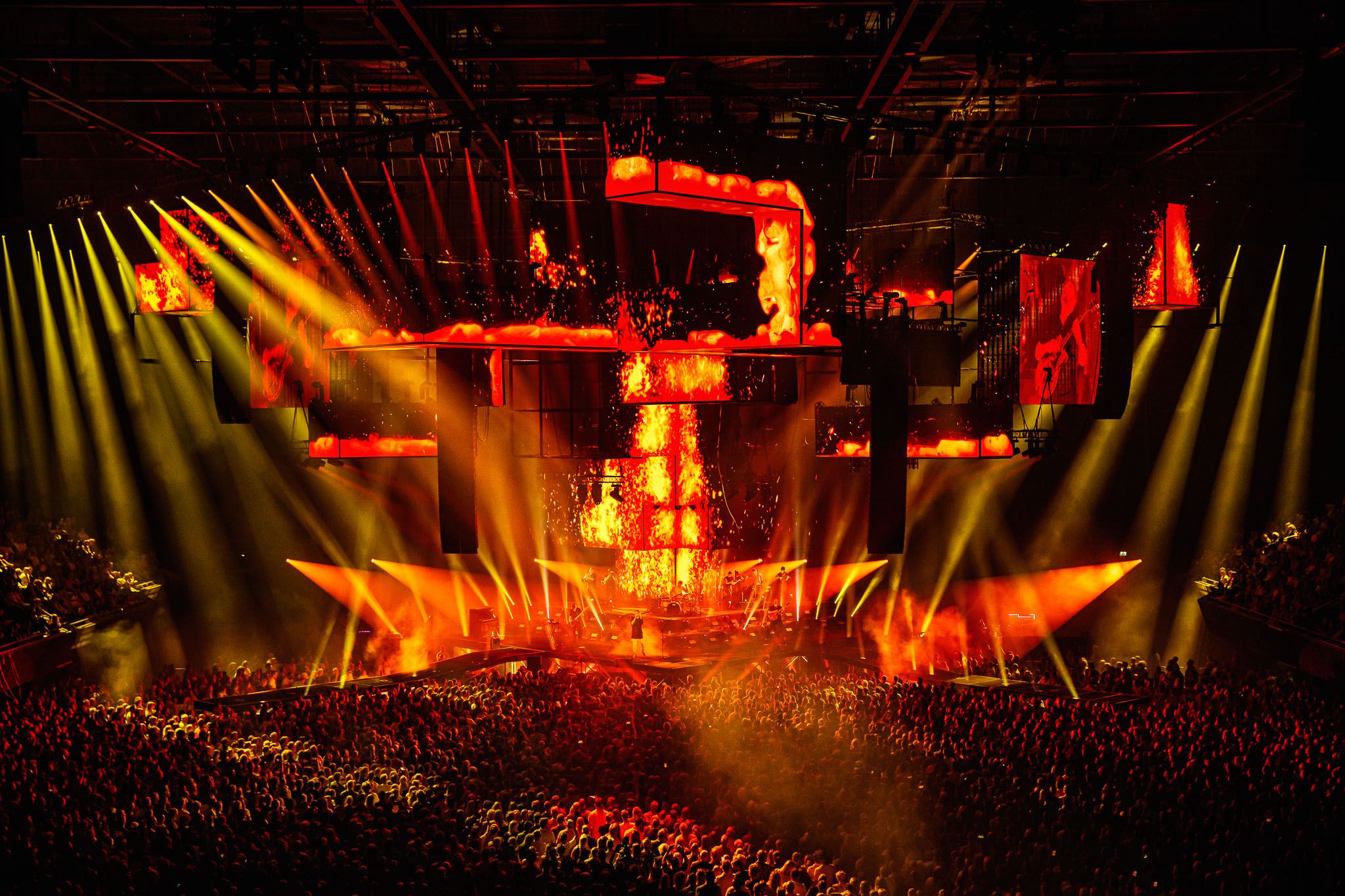

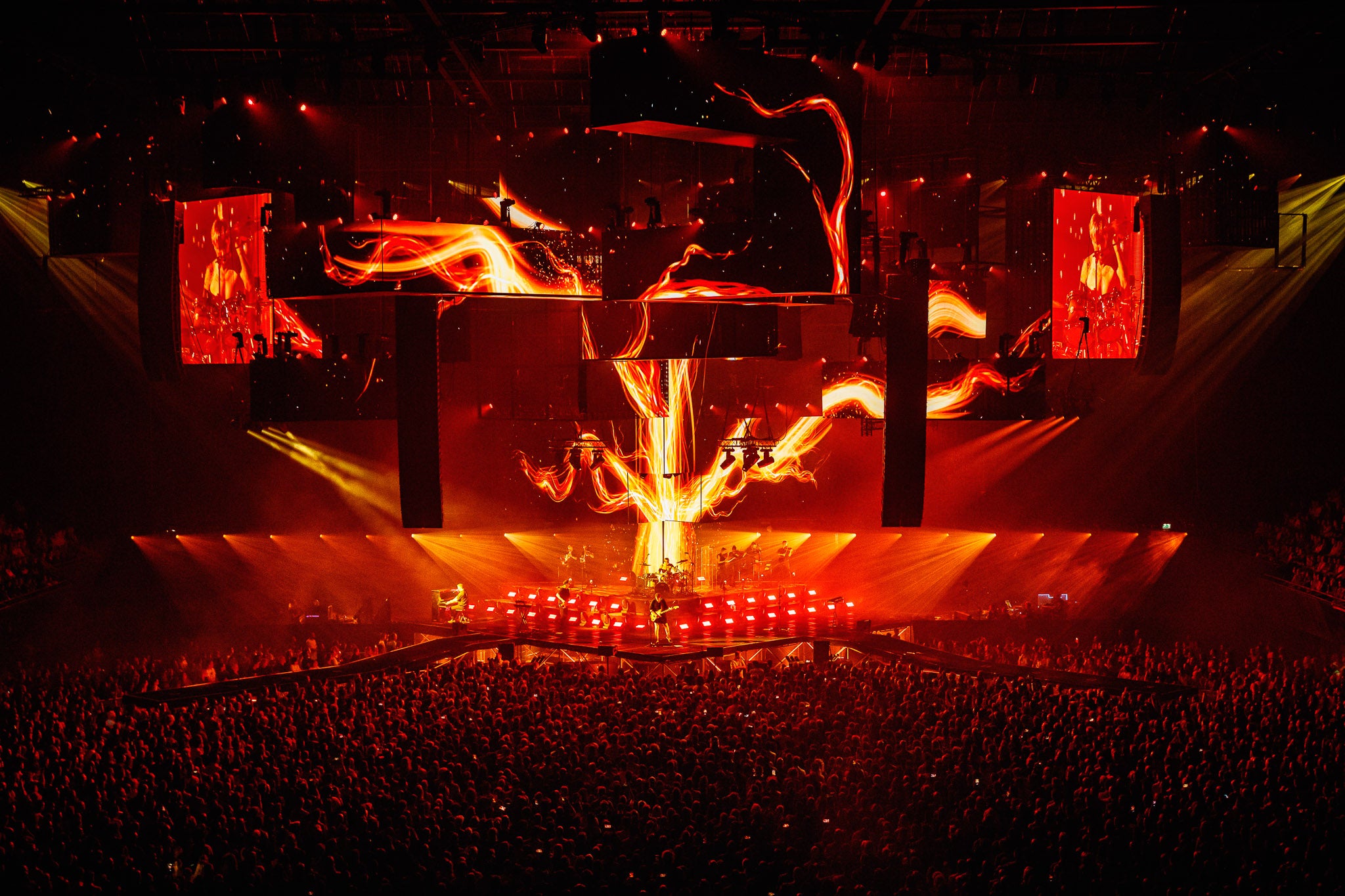
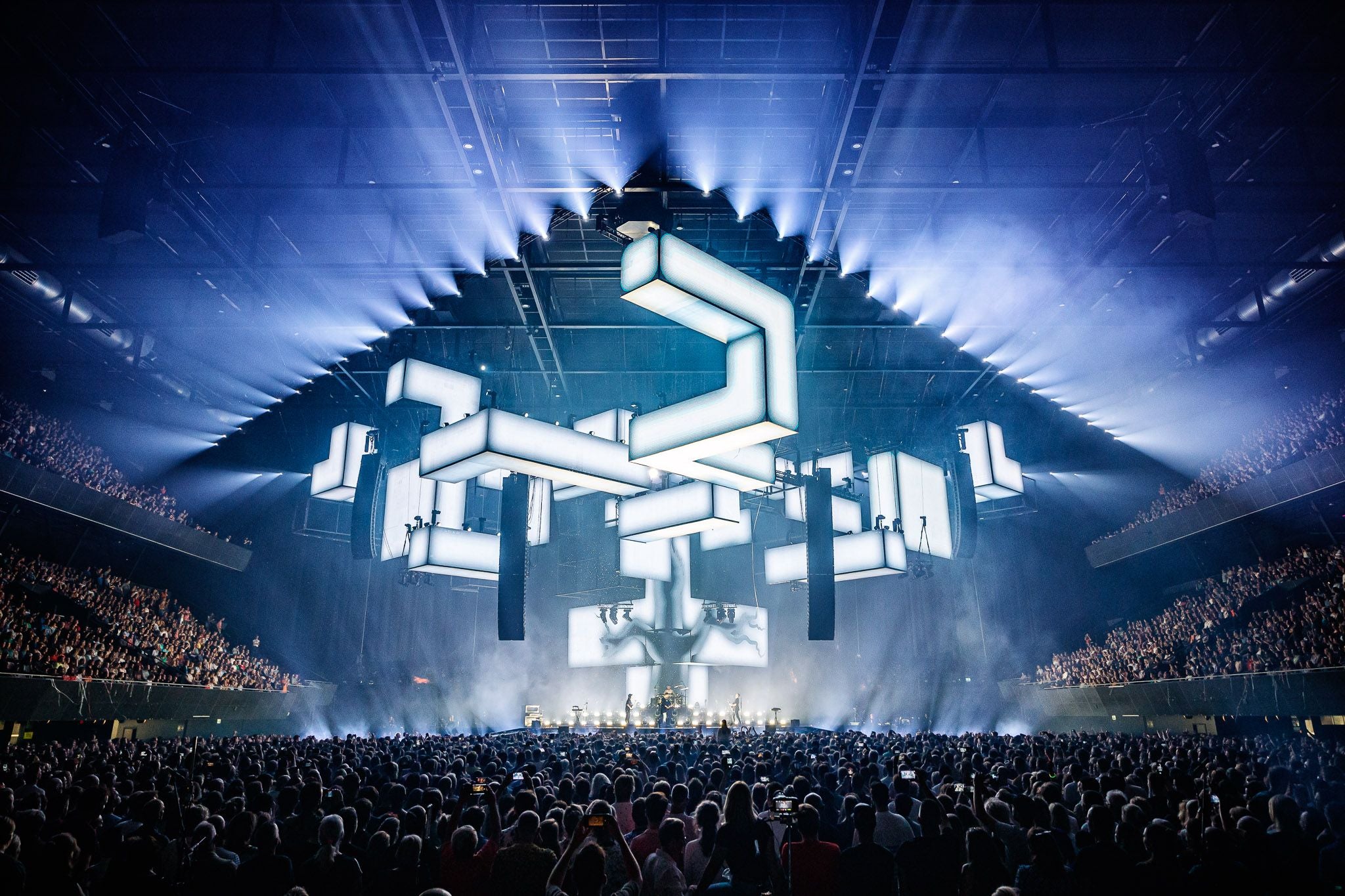
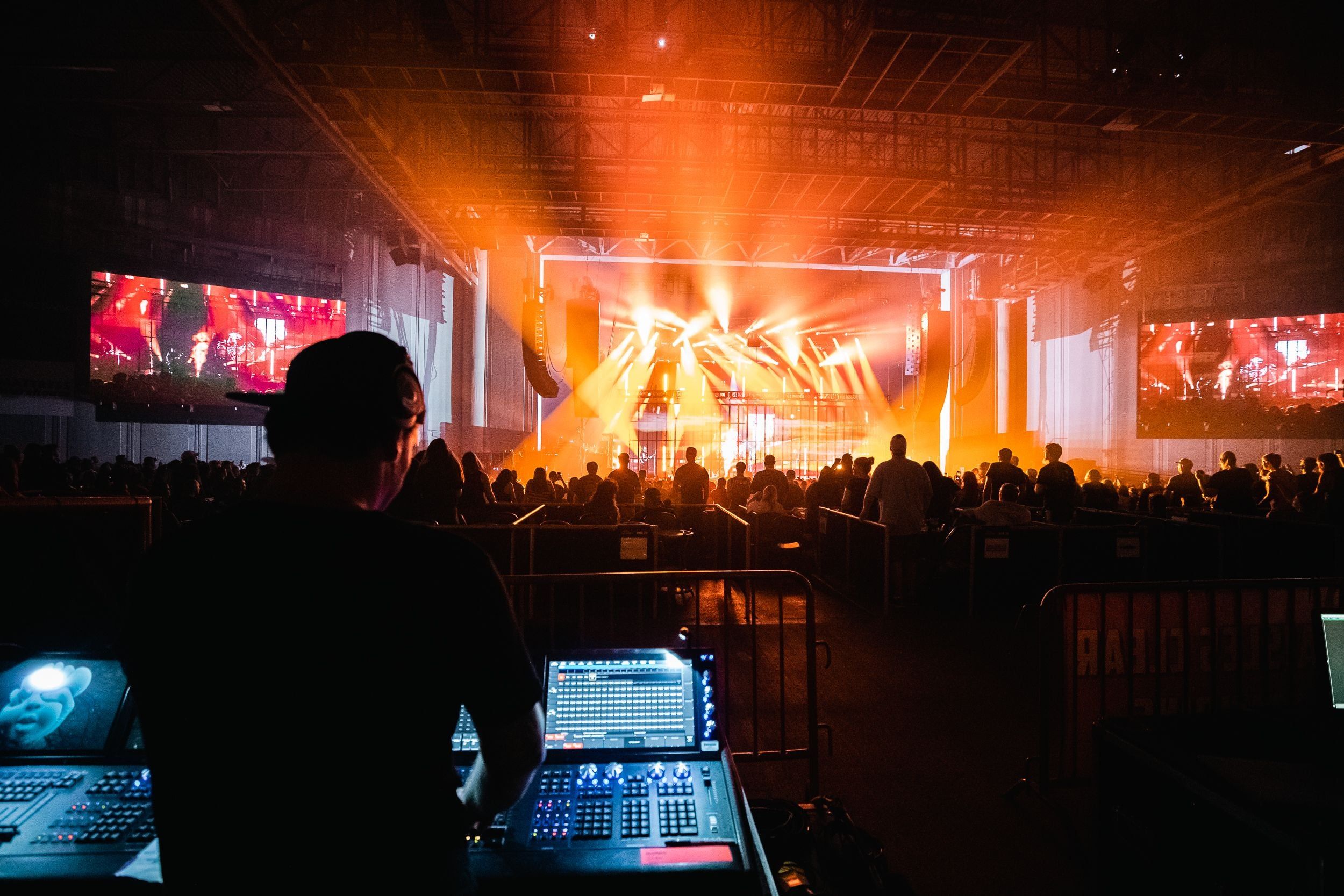
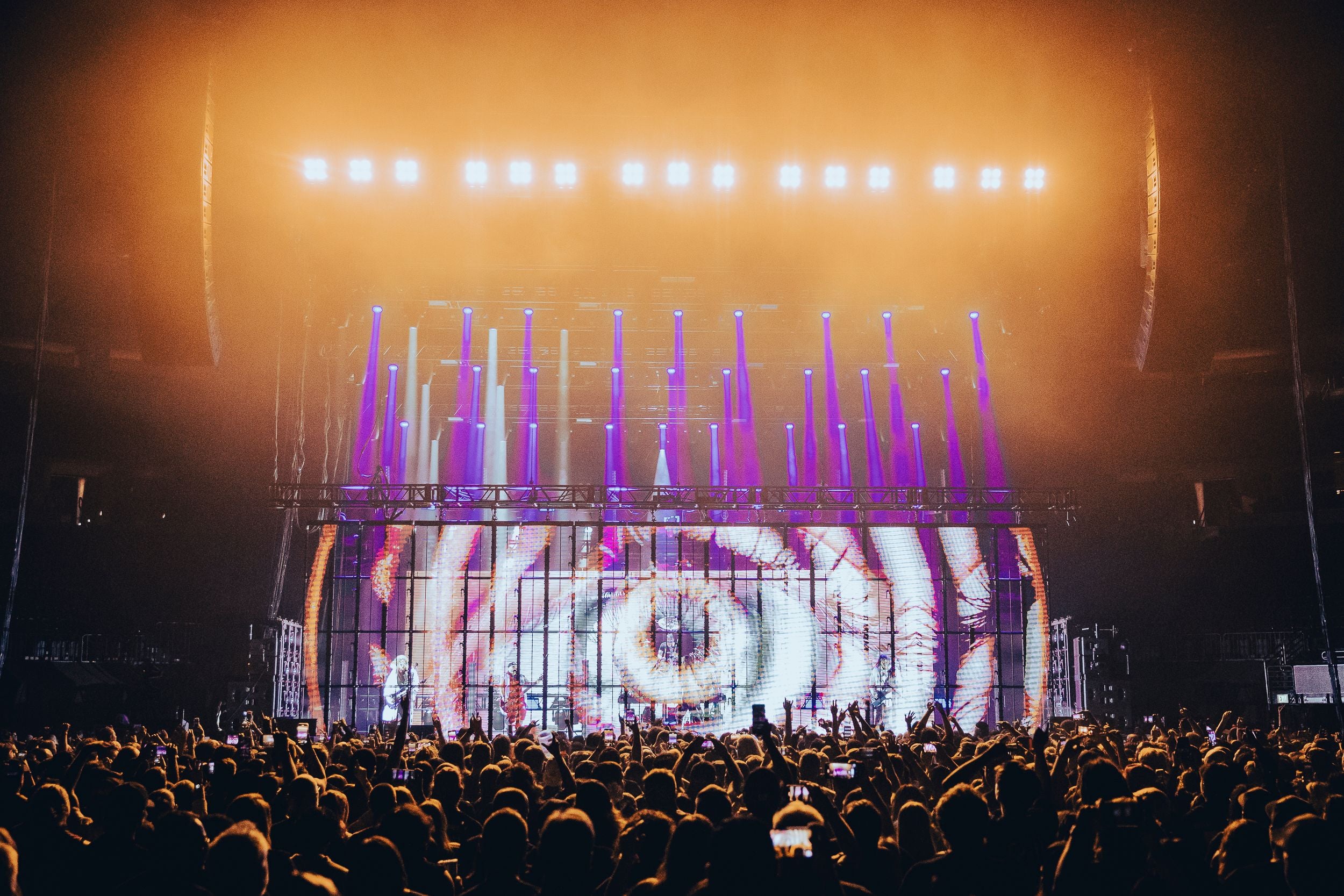

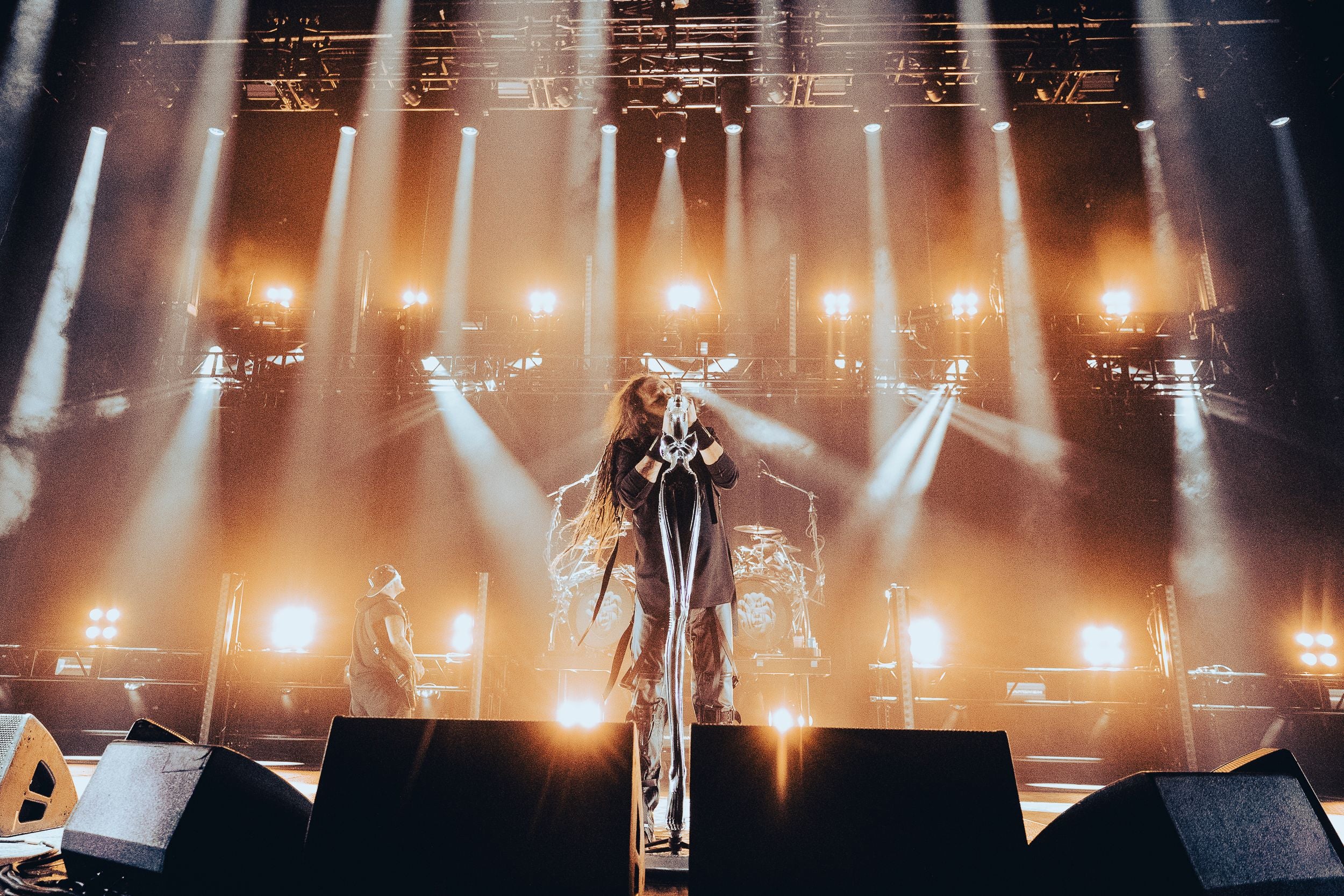
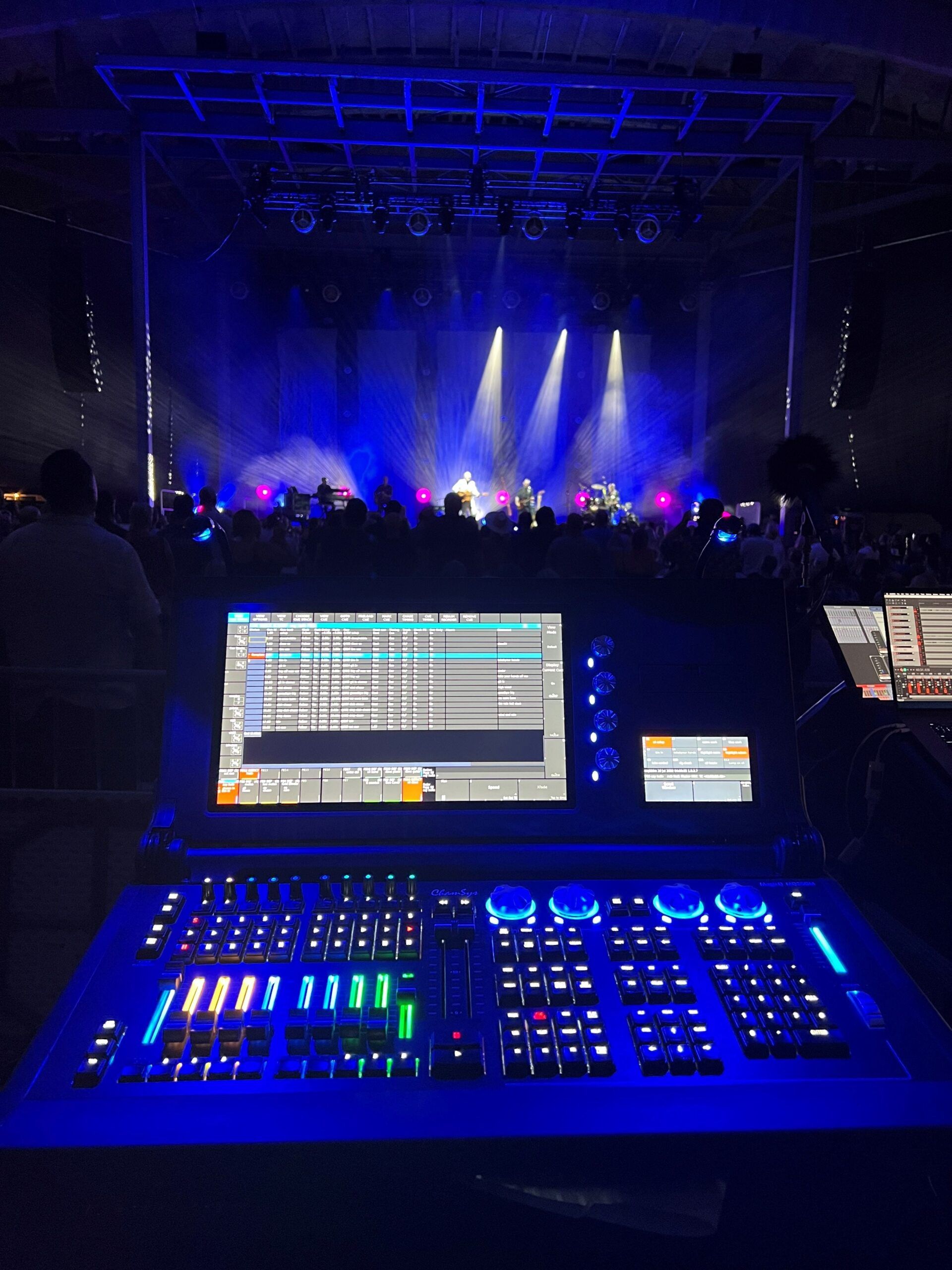
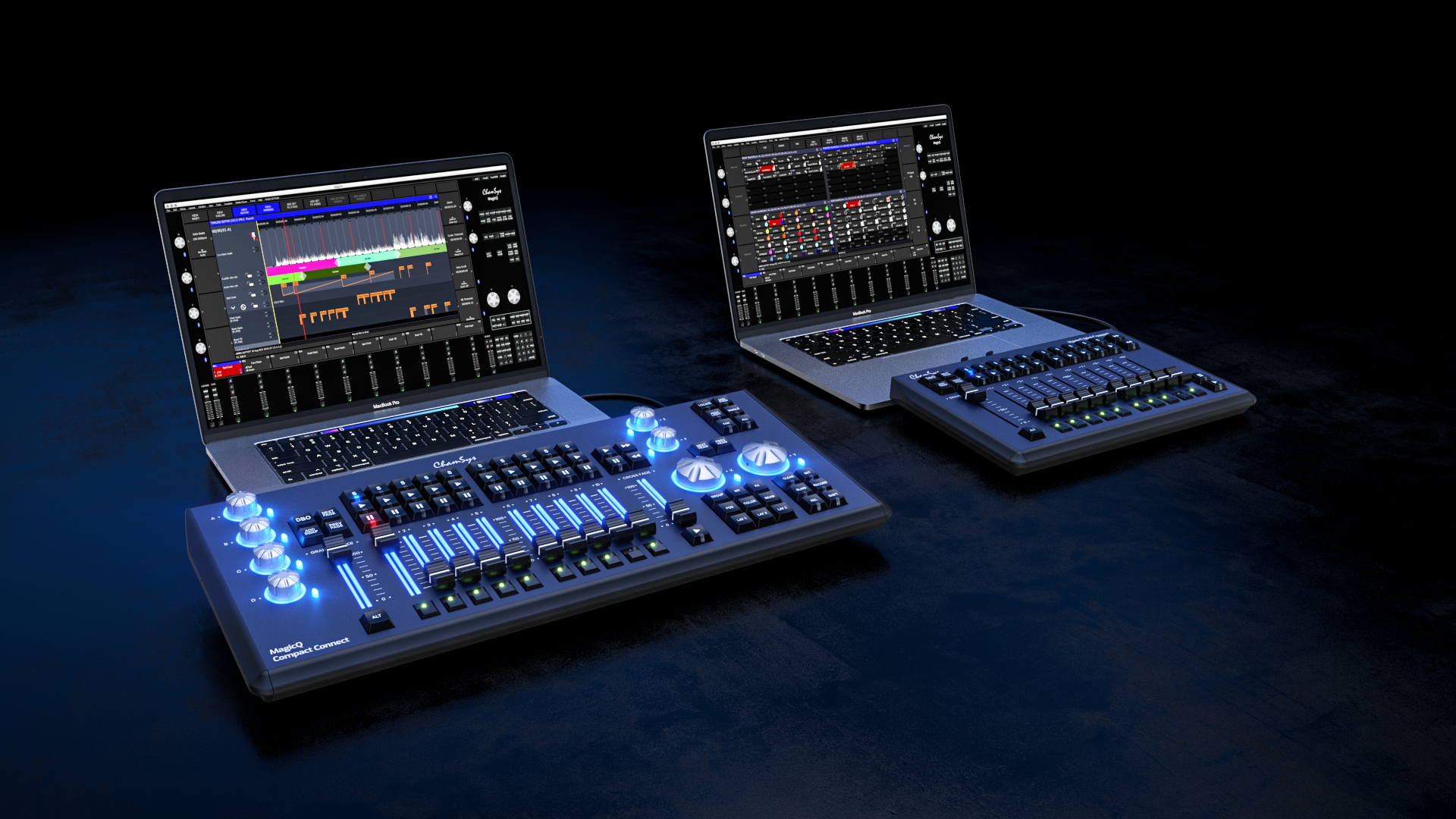
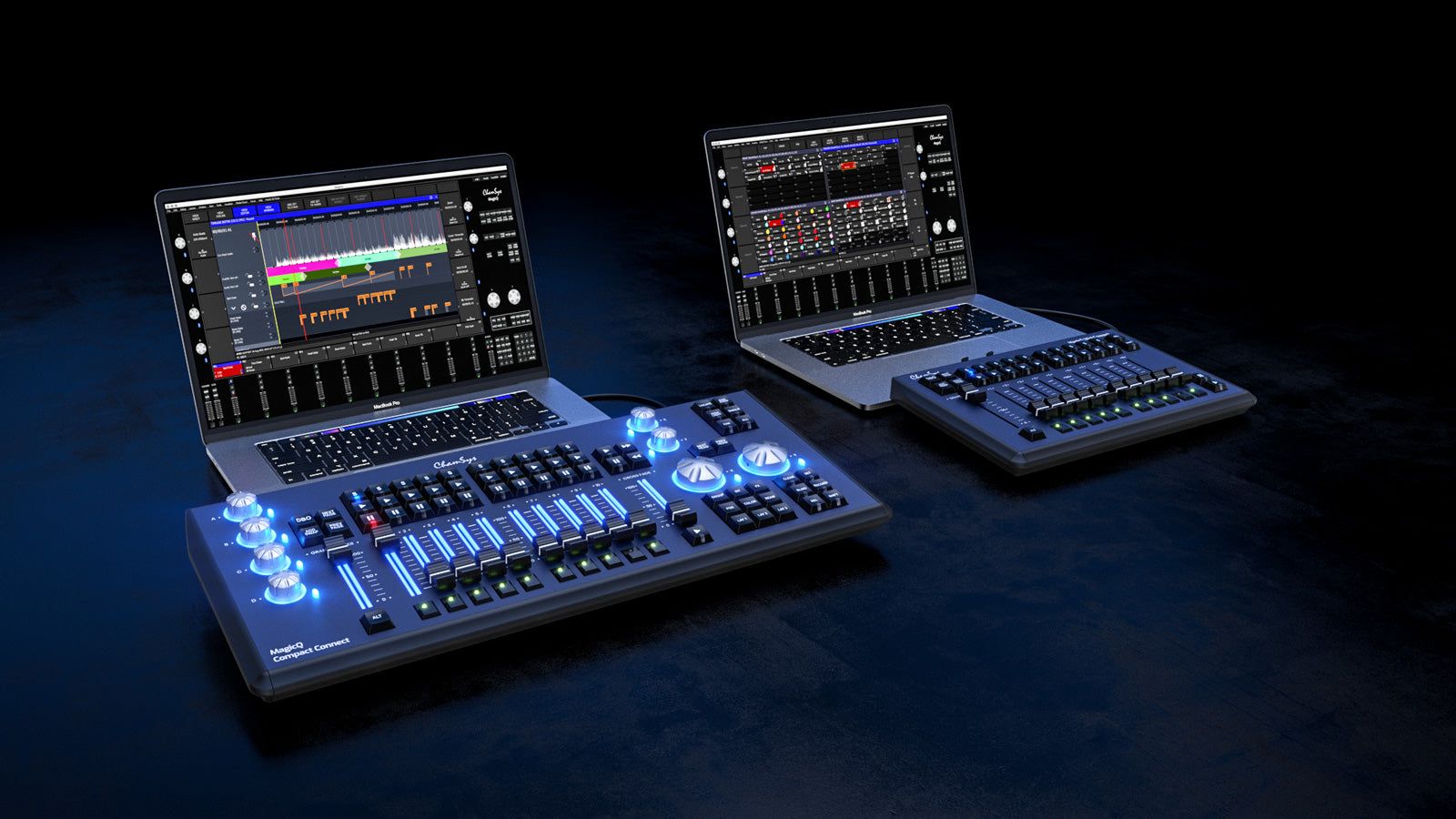
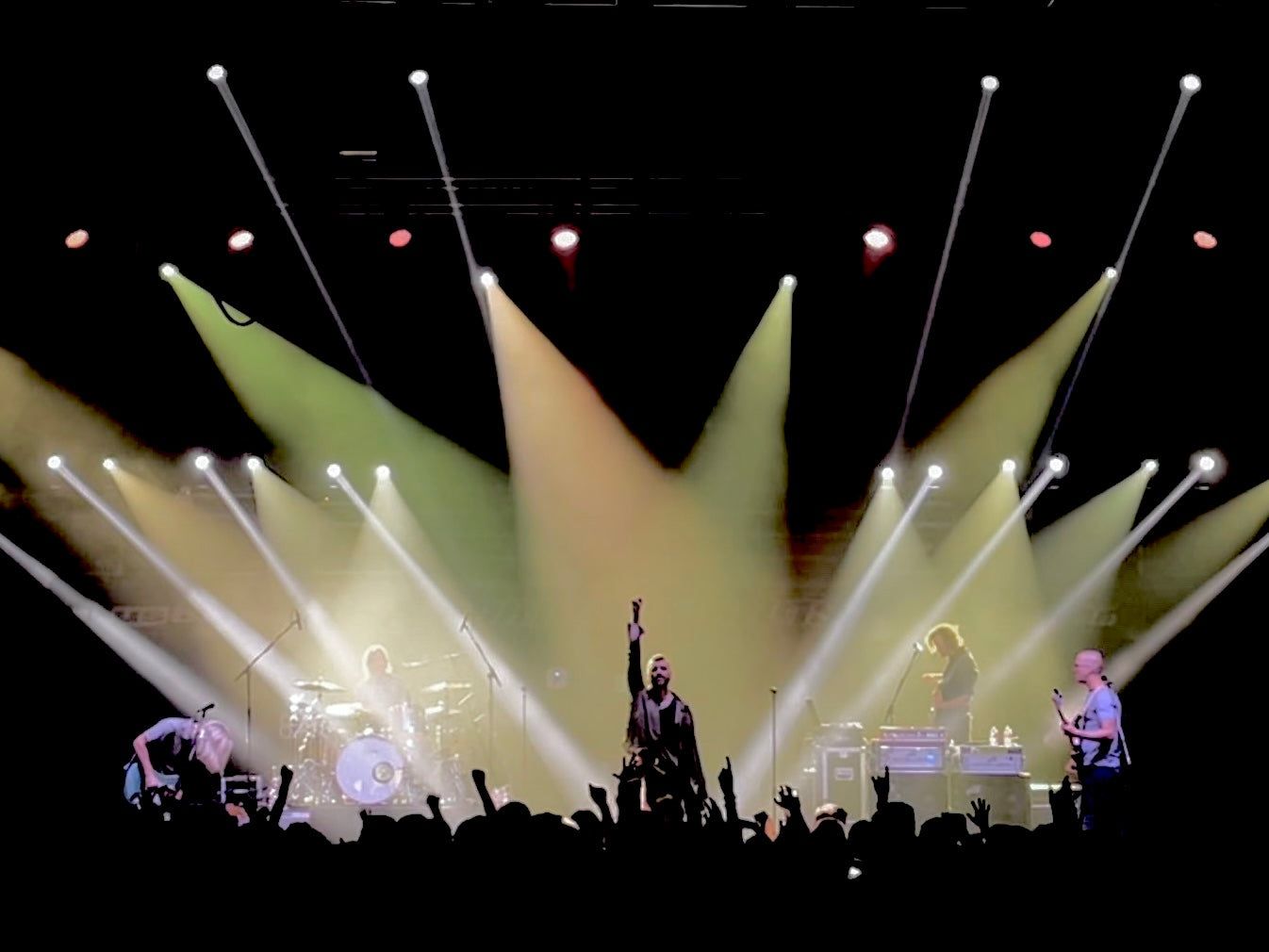
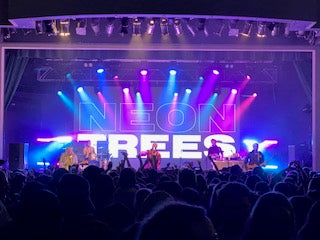 “My good friend Myles Mangino learned what Neon Trees was looking for, and recommended me,” said Easterbrook. “We haven’t looked back since. It’s been a blast for me, doing about a show with them a month, all of them one-offs. I have a very busy schedule outside this band, so it’s really convenient taking my MQ80 as carry-on and doing my preprogramming on the plane, in a hotel room, or bar.
“My good friend Myles Mangino learned what Neon Trees was looking for, and recommended me,” said Easterbrook. “We haven’t looked back since. It’s been a blast for me, doing about a show with them a month, all of them one-offs. I have a very busy schedule outside this band, so it’s really convenient taking my MQ80 as carry-on and doing my preprogramming on the plane, in a hotel room, or bar.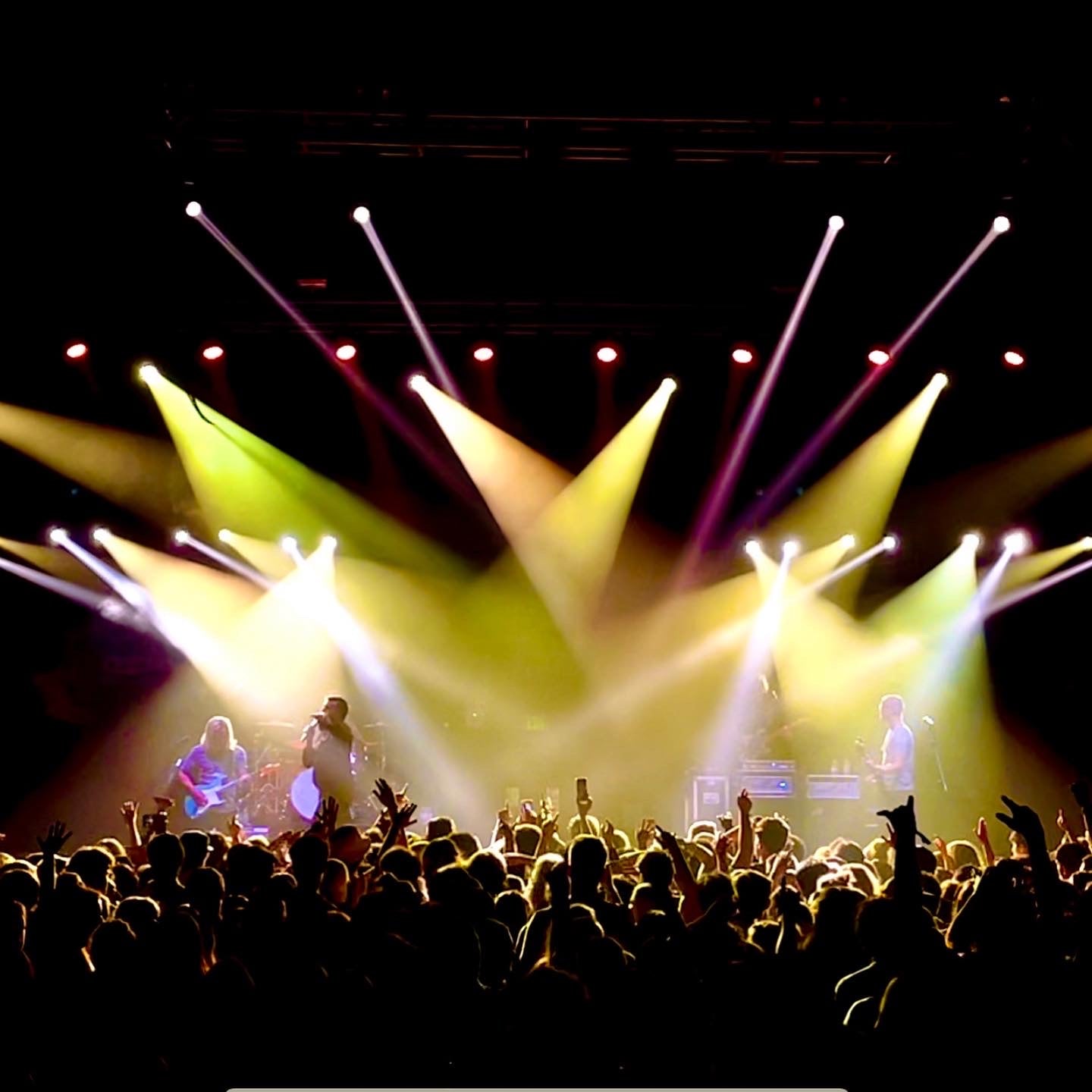
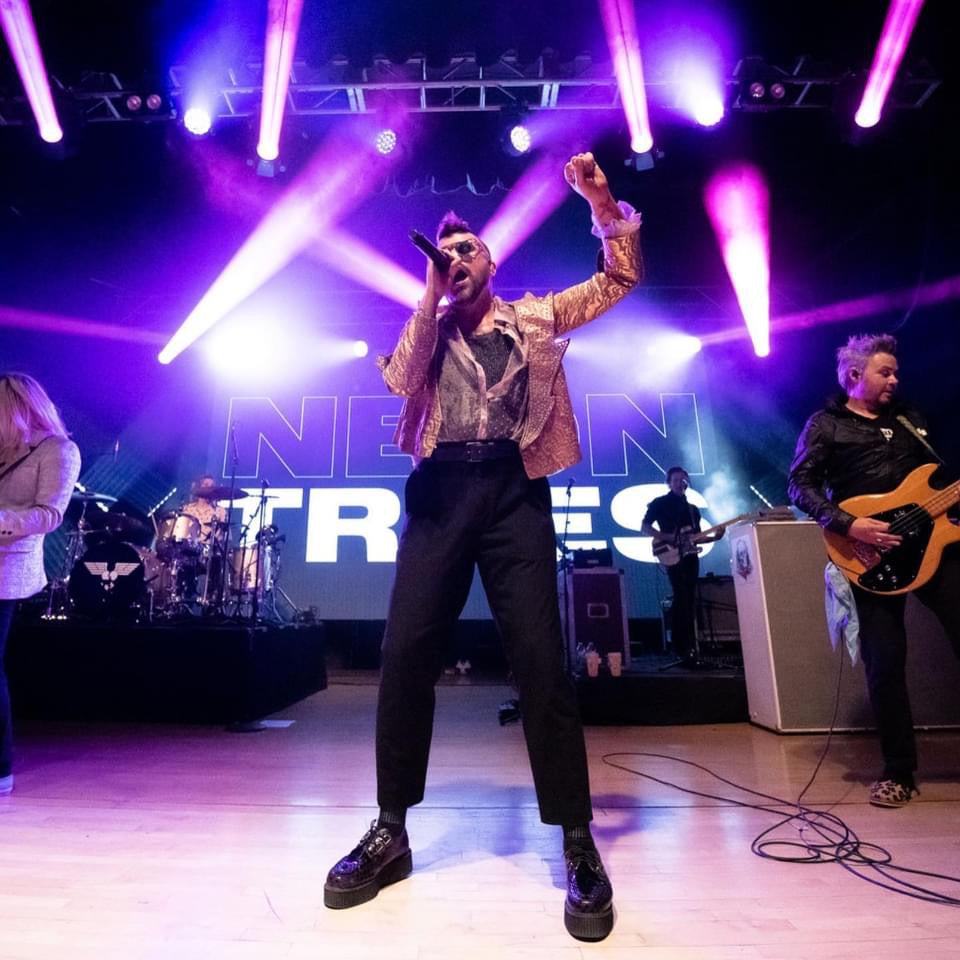
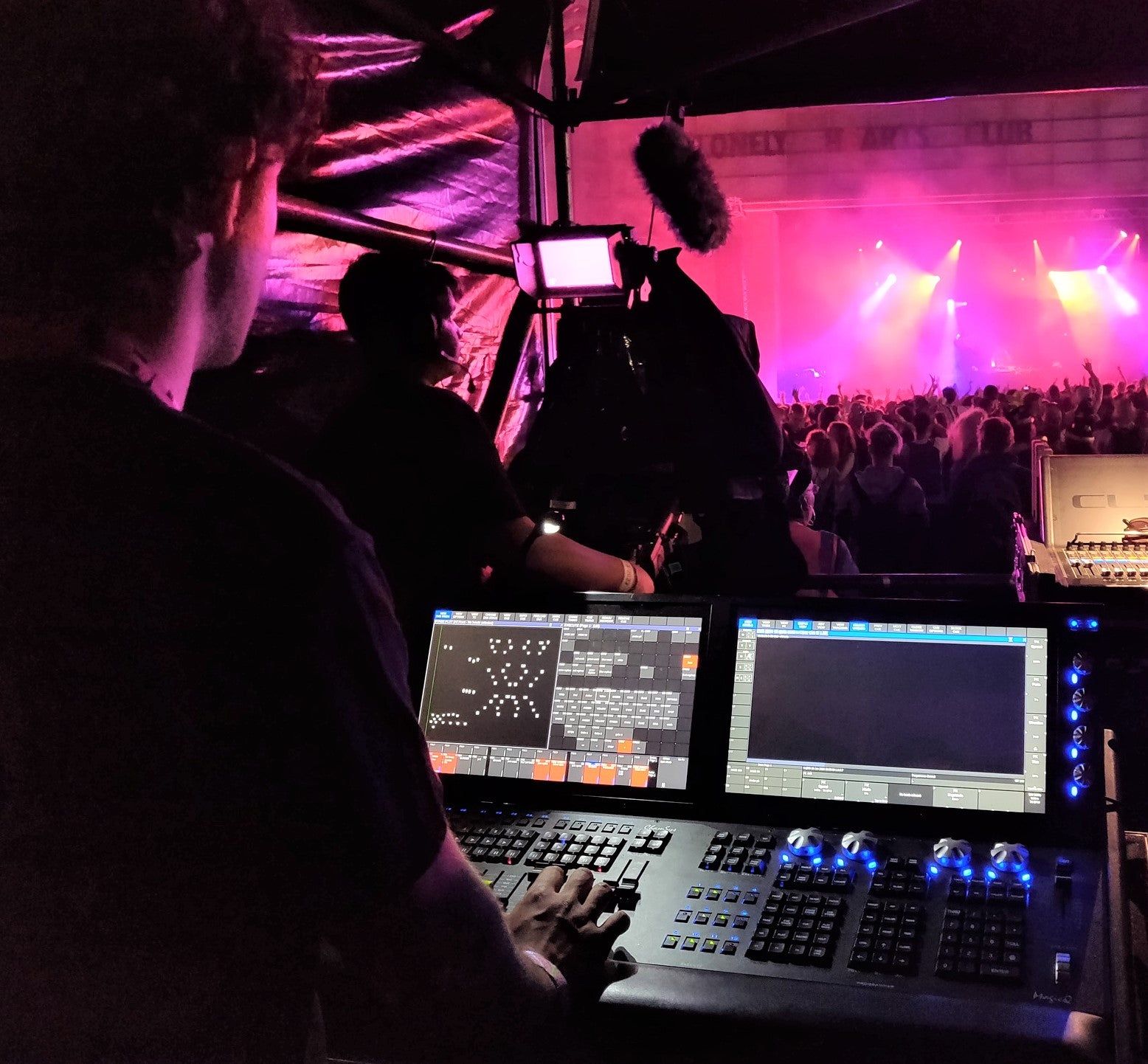
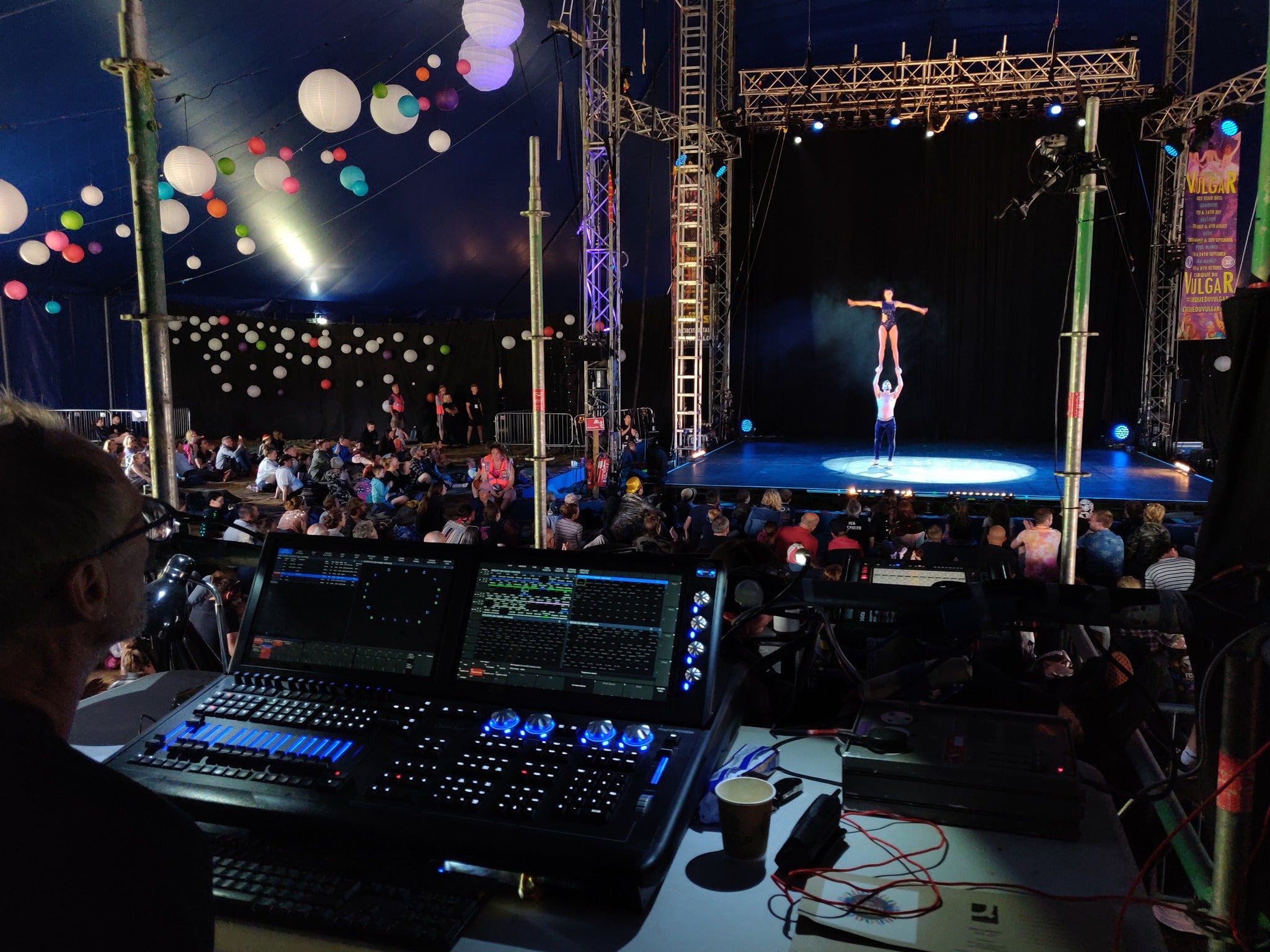

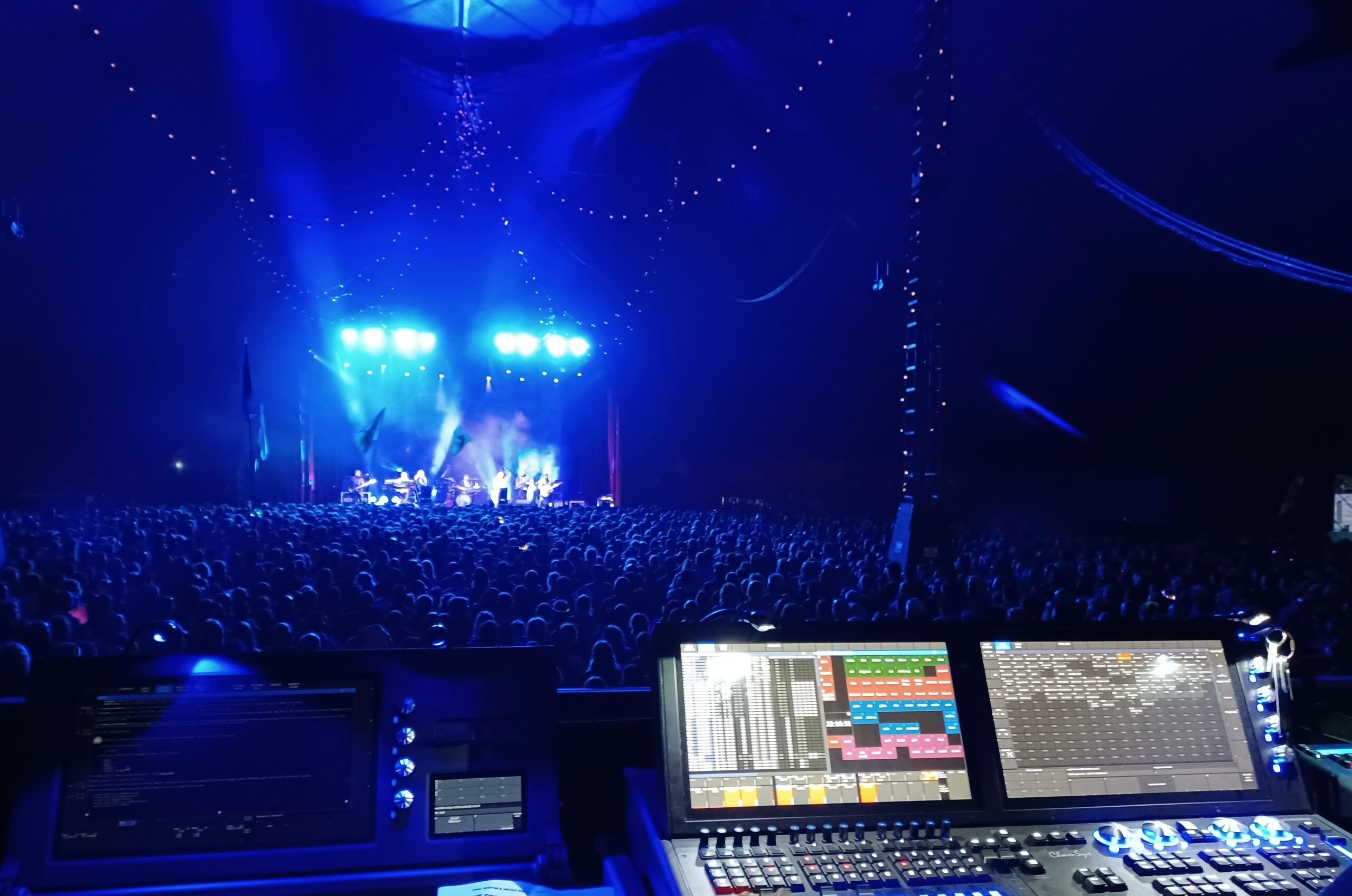
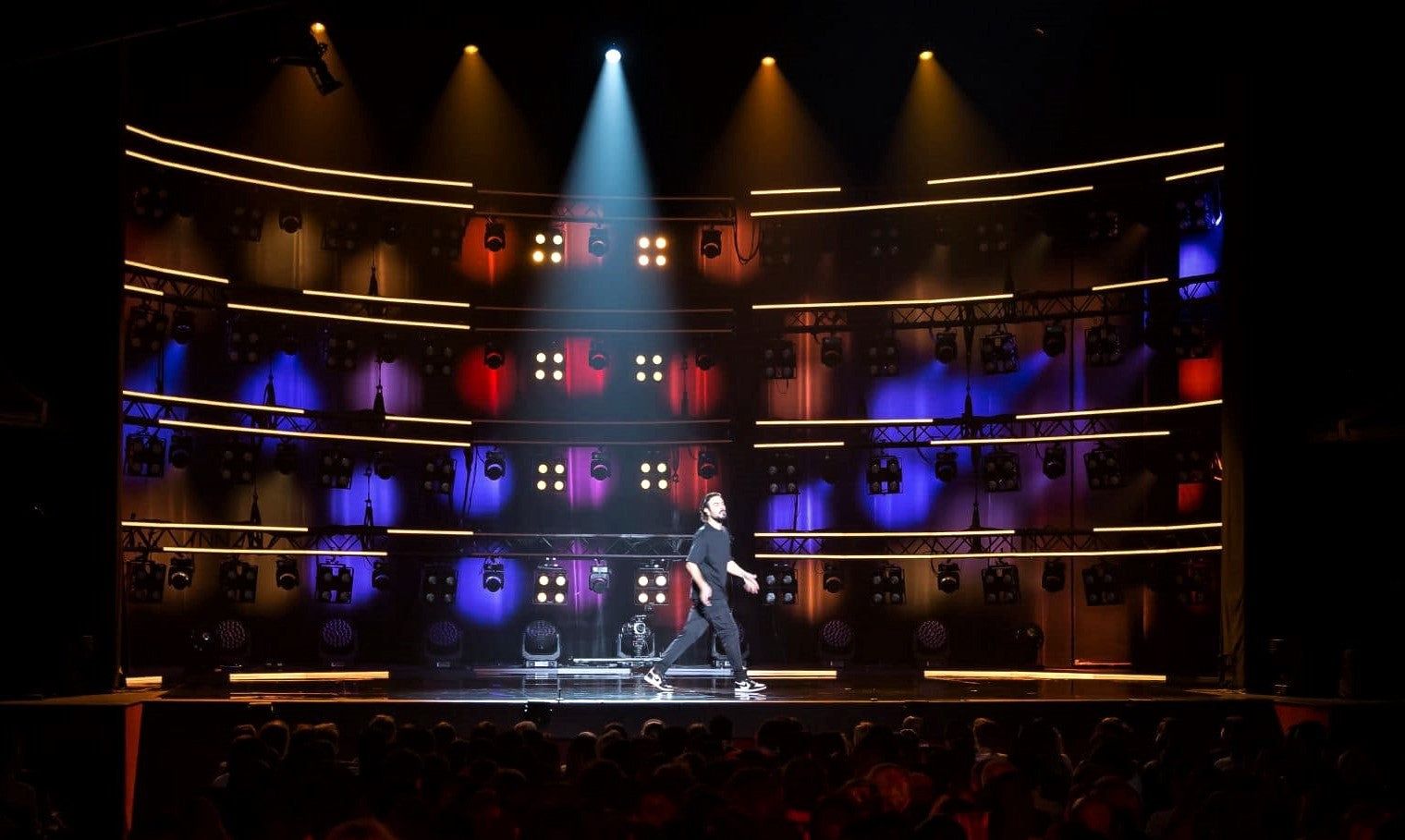

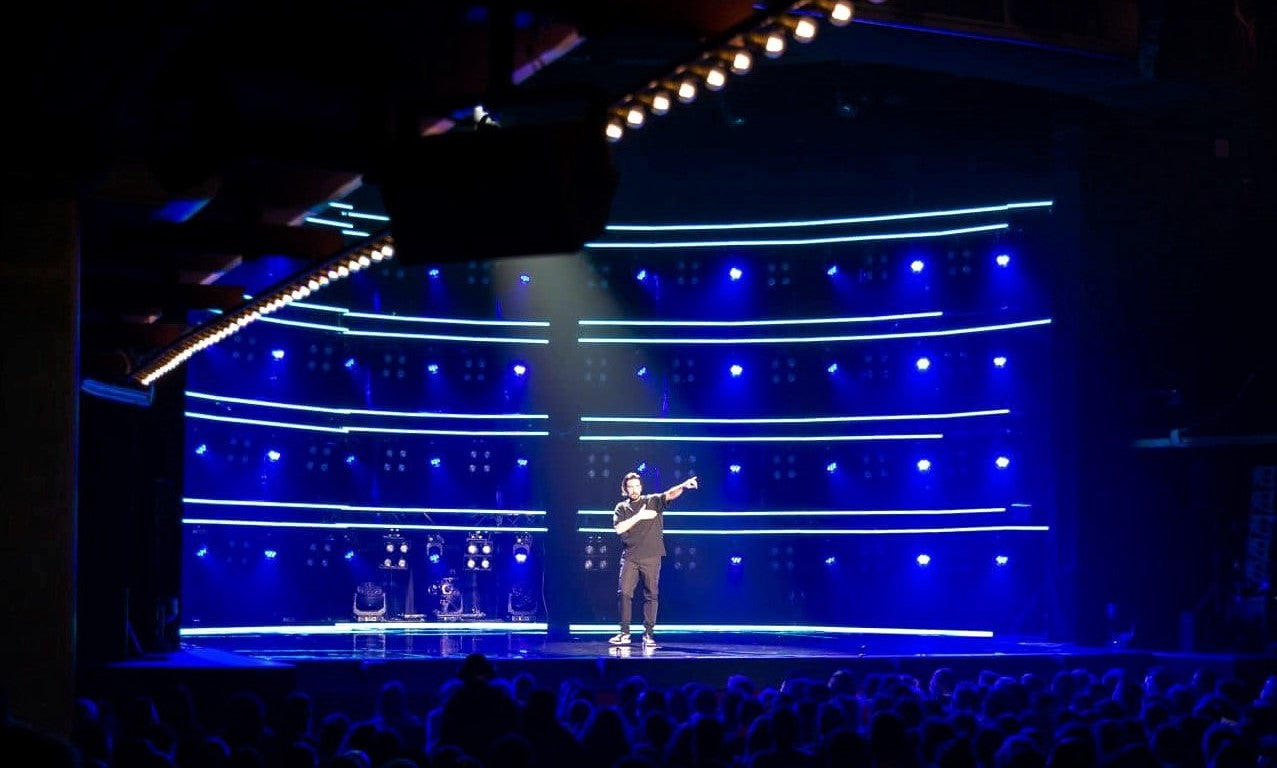

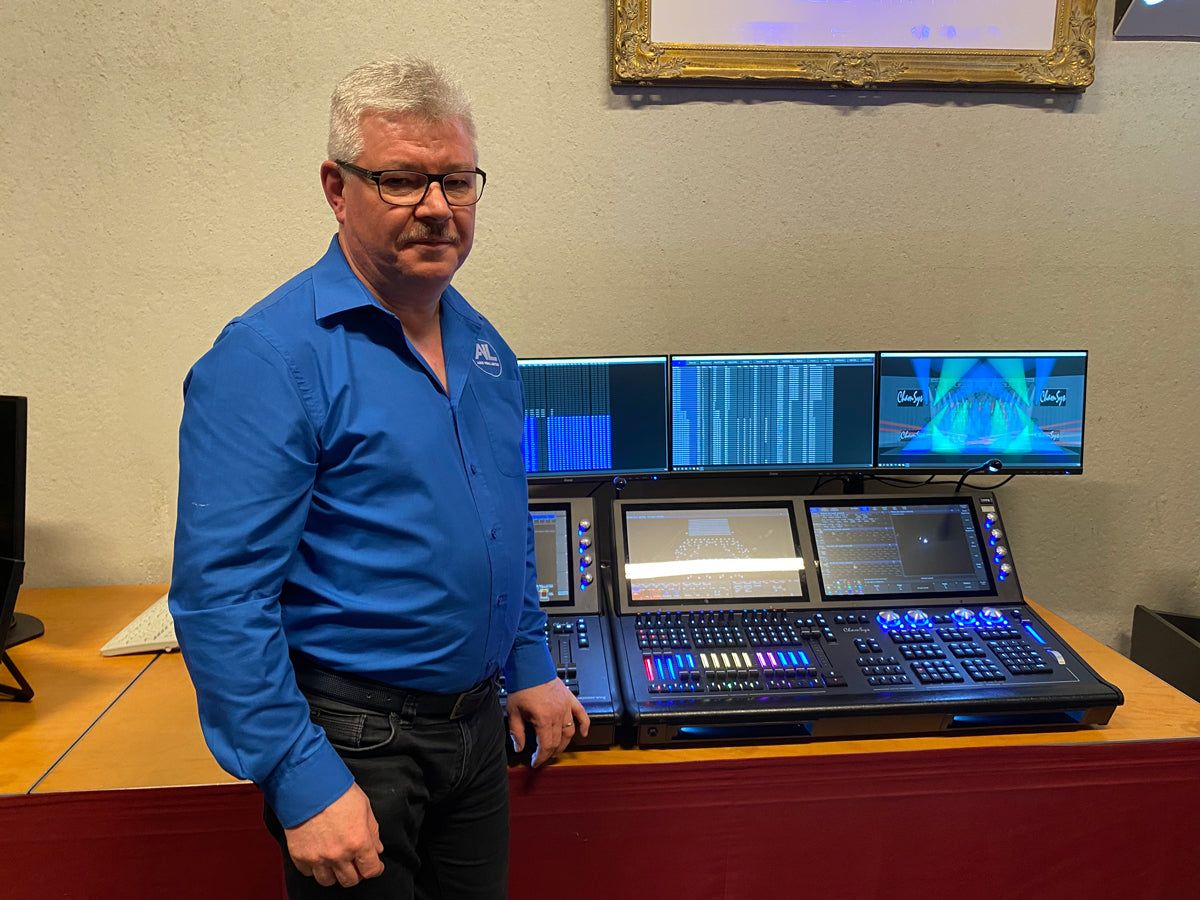
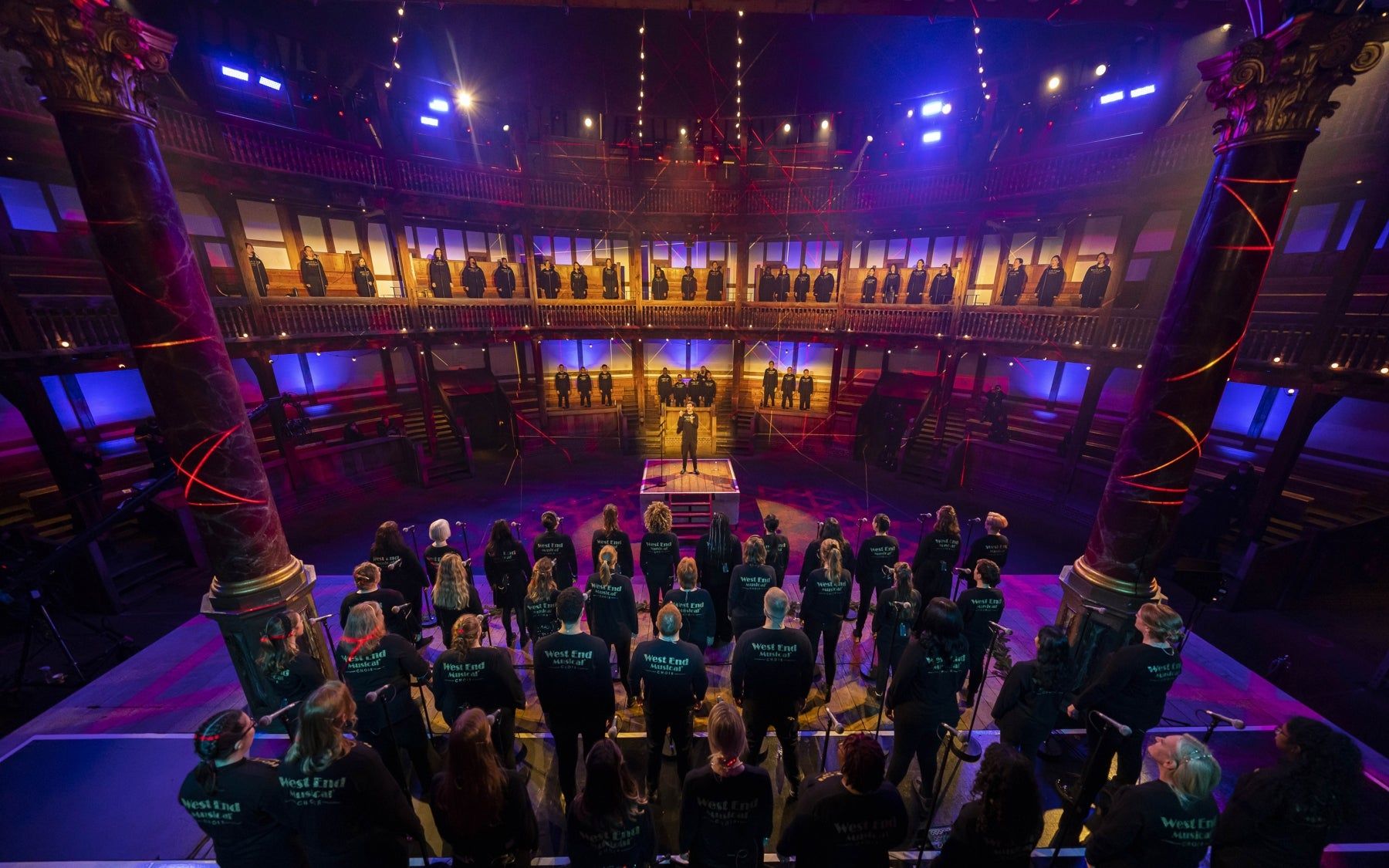
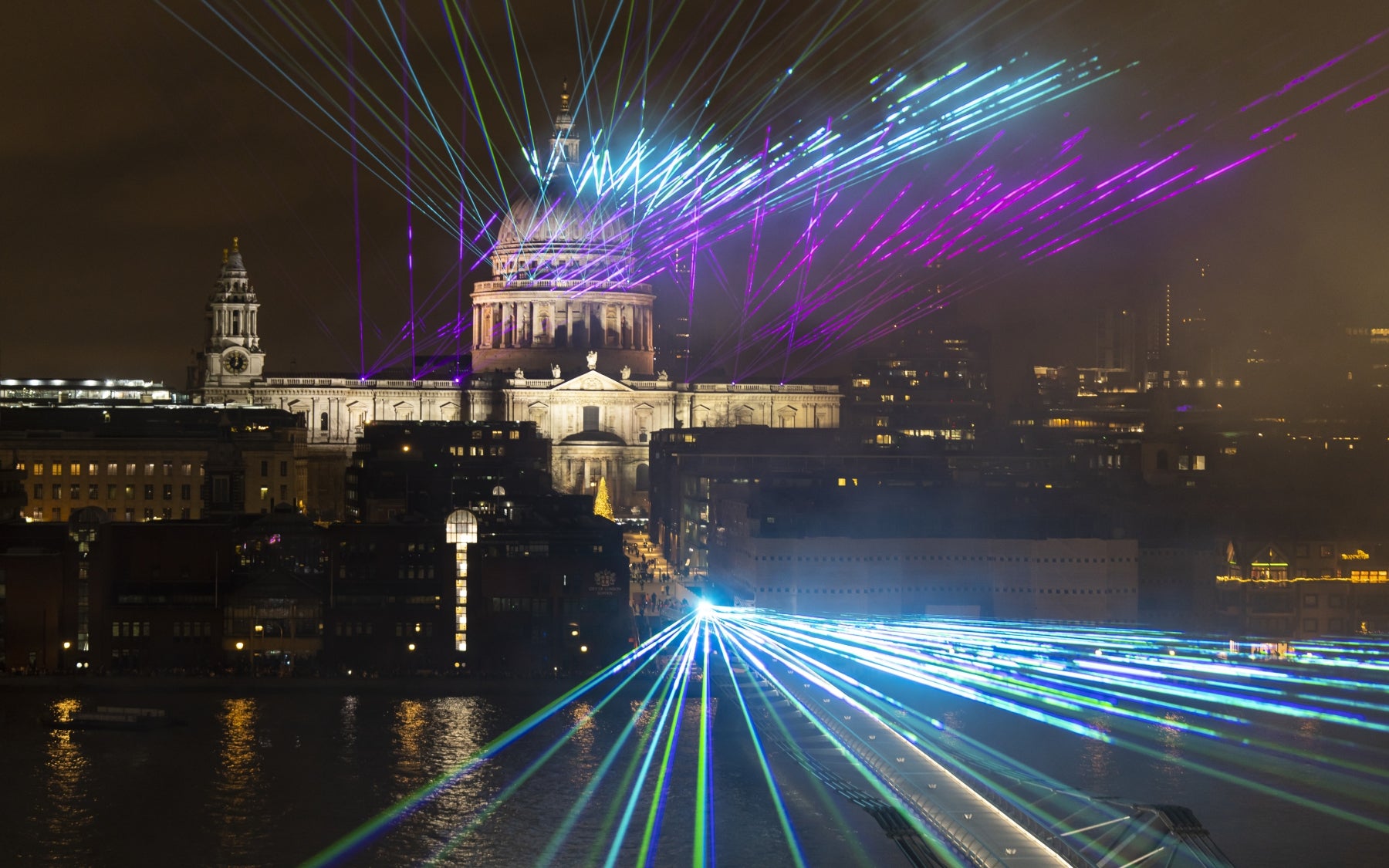

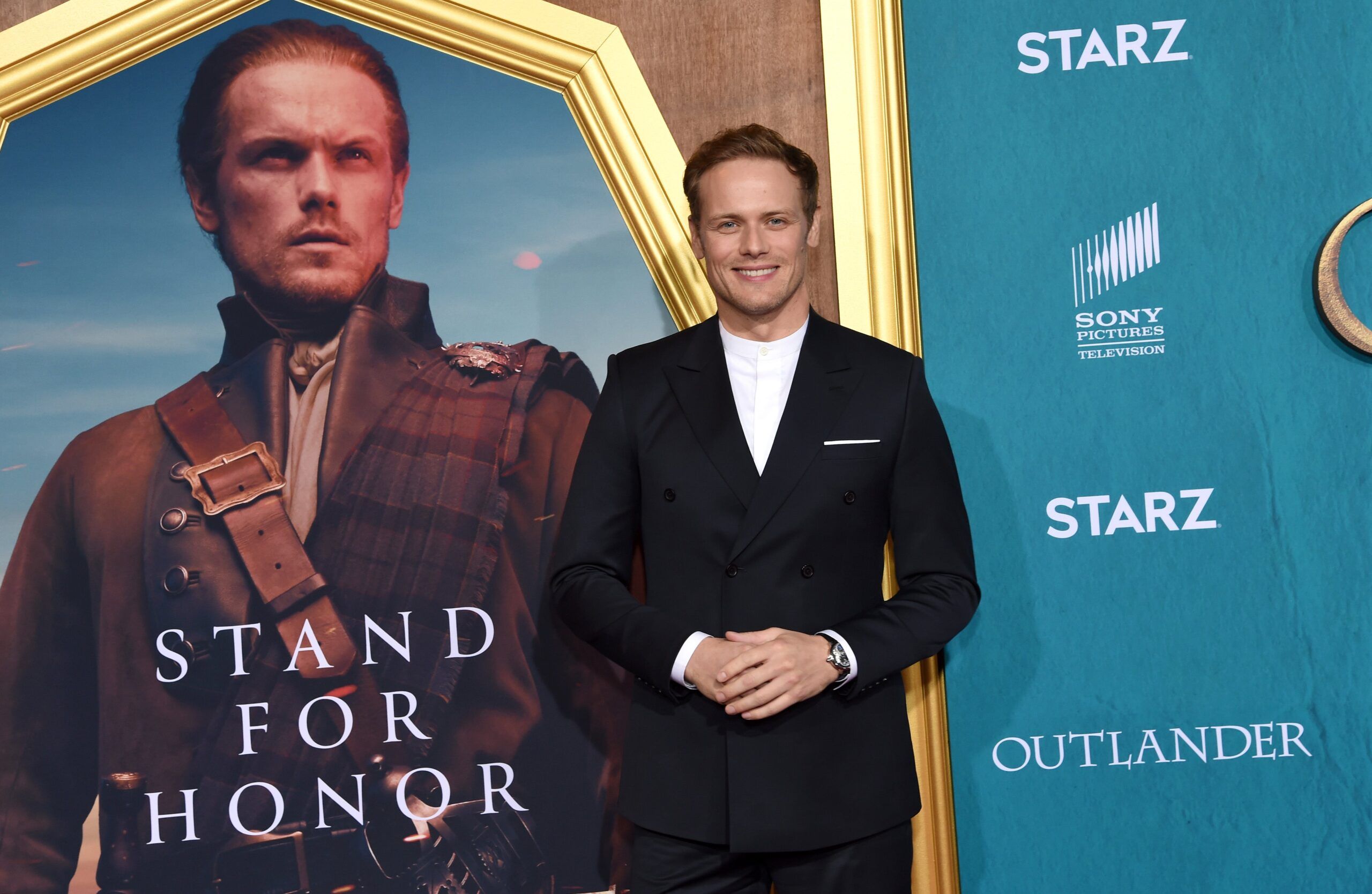
 Towler, of Nineteen Sixtyone Ltd., began working on Outlander when it debuted in 2013 at the invitation of its HOD Gaffer Scott Napier, and has been with the program for all six seasons since. In that time, the show has made a major transition from tungsten and HMI heavy lighting into a rig consisting mostly of LED fixtures.
Towler, of Nineteen Sixtyone Ltd., began working on Outlander when it debuted in 2013 at the invitation of its HOD Gaffer Scott Napier, and has been with the program for all six seasons since. In that time, the show has made a major transition from tungsten and HMI heavy lighting into a rig consisting mostly of LED fixtures.
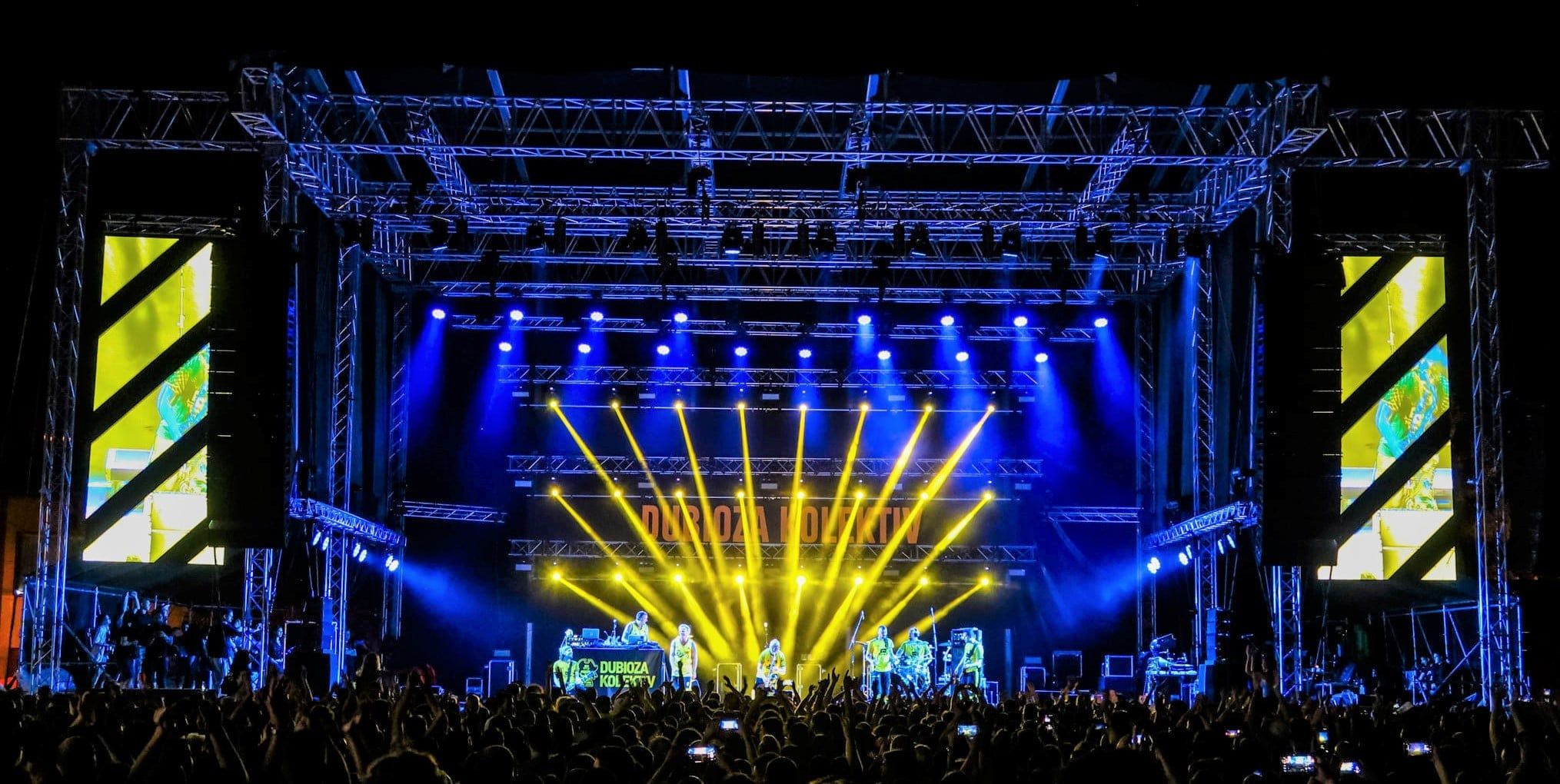
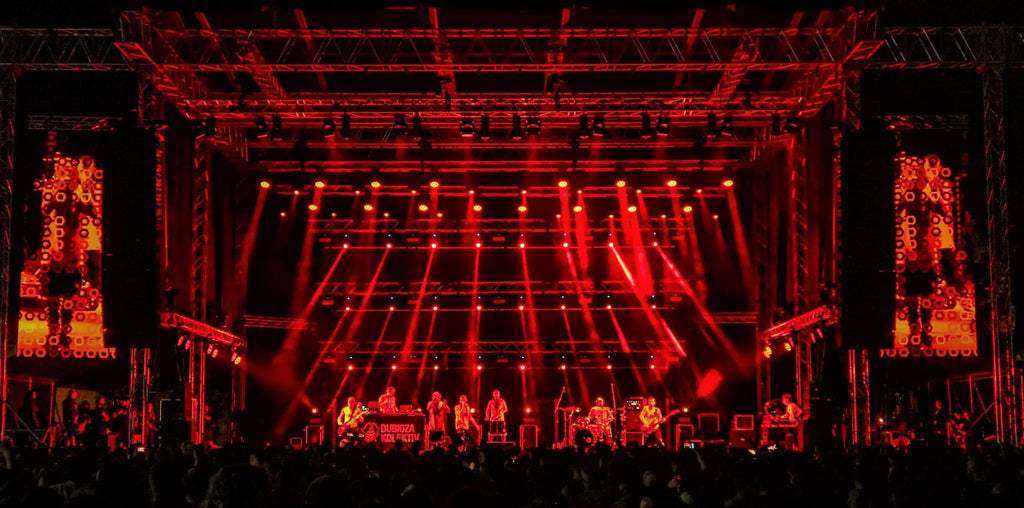 For the Arsenal Festival, Birsa called on his
For the Arsenal Festival, Birsa called on his 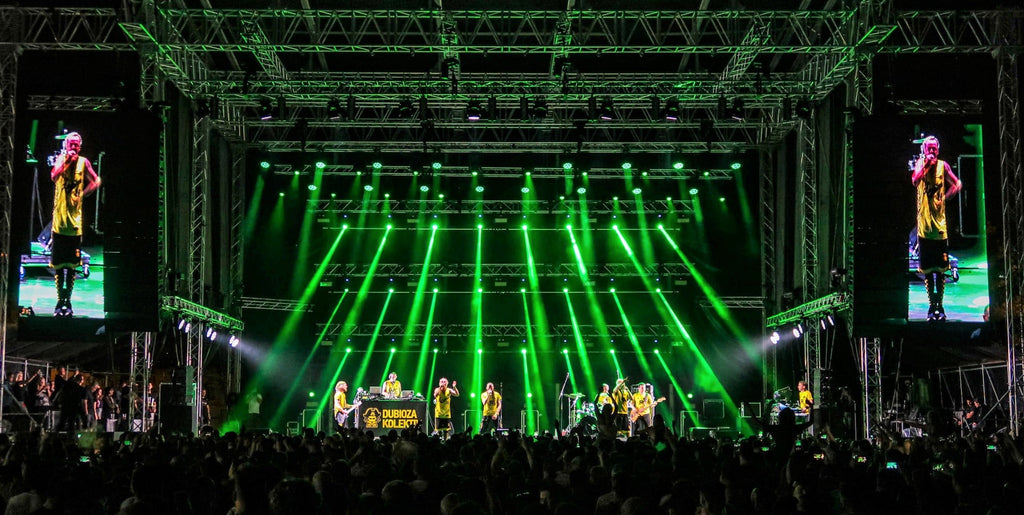 Given the complexities of his Dubioza Kolektiv show, Birsa said time coding was essential to his plans. “I could not have done things quite this way without timecoding,” he said. “The show would have to be built with much less to it if I had to run everything 100-percent manually. Happily for me, the MQ80 does a great job receiving timecode.”
Given the complexities of his Dubioza Kolektiv show, Birsa said time coding was essential to his plans. “I could not have done things quite this way without timecoding,” he said. “The show would have to be built with much less to it if I had to run everything 100-percent manually. Happily for me, the MQ80 does a great job receiving timecode.”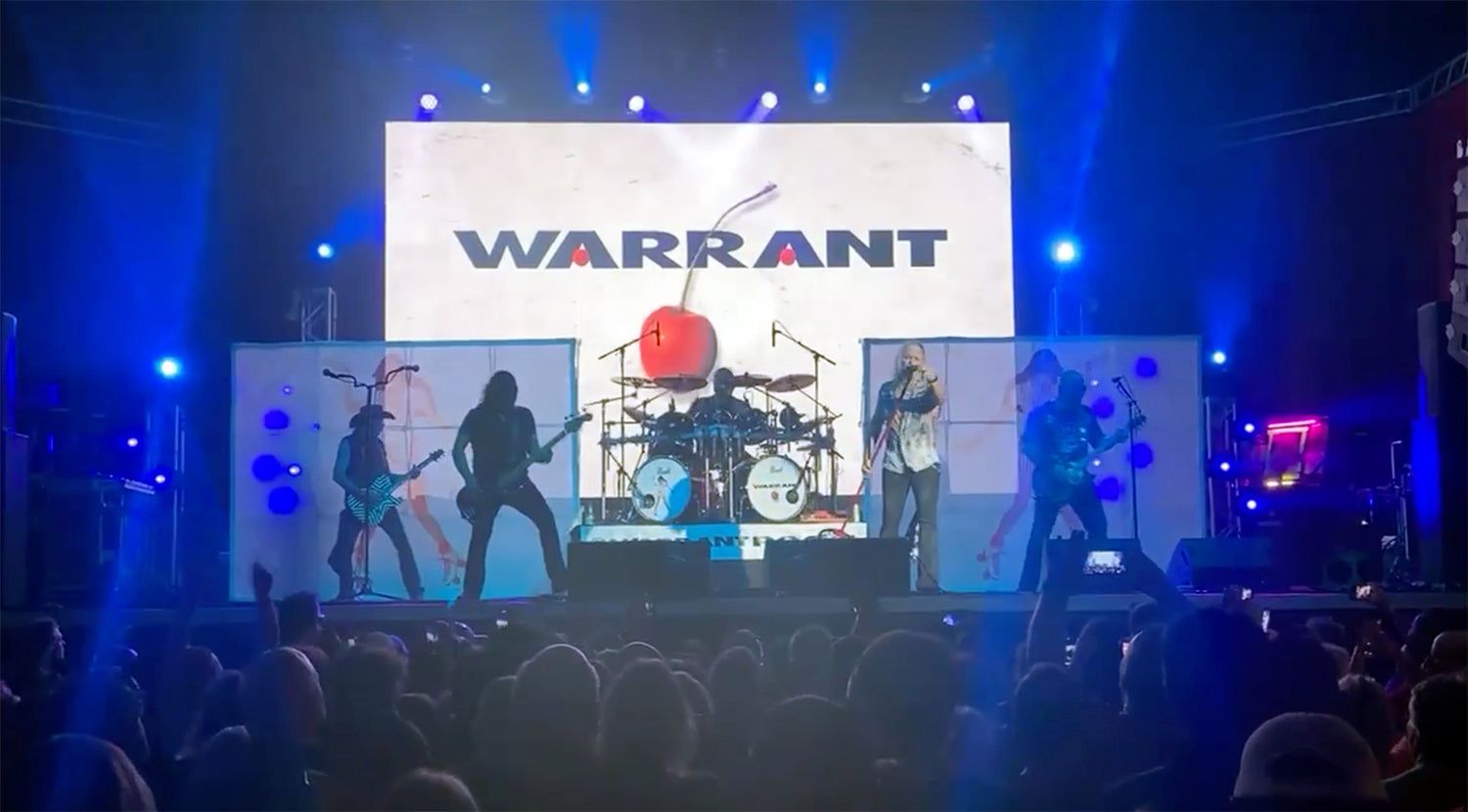

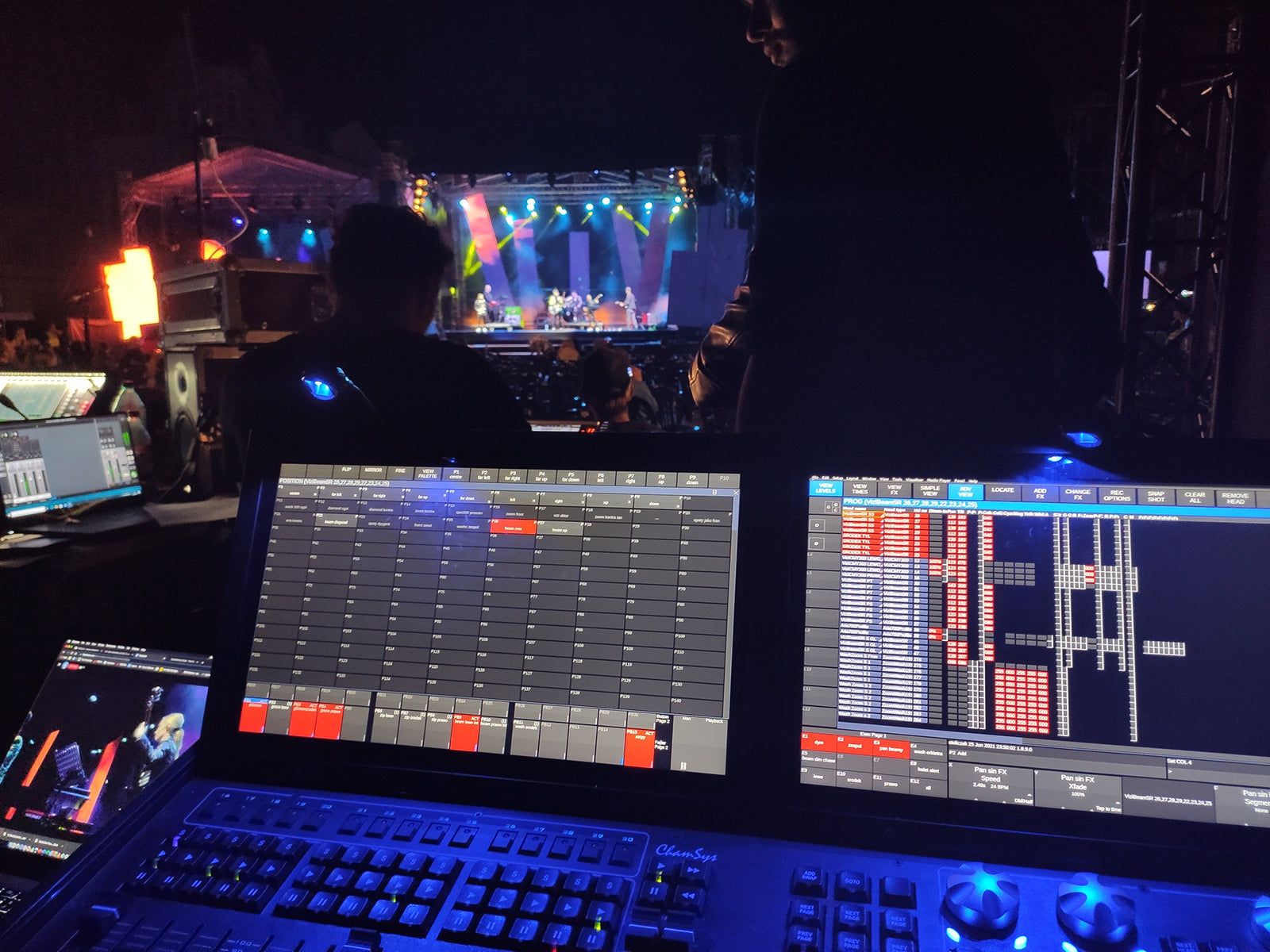
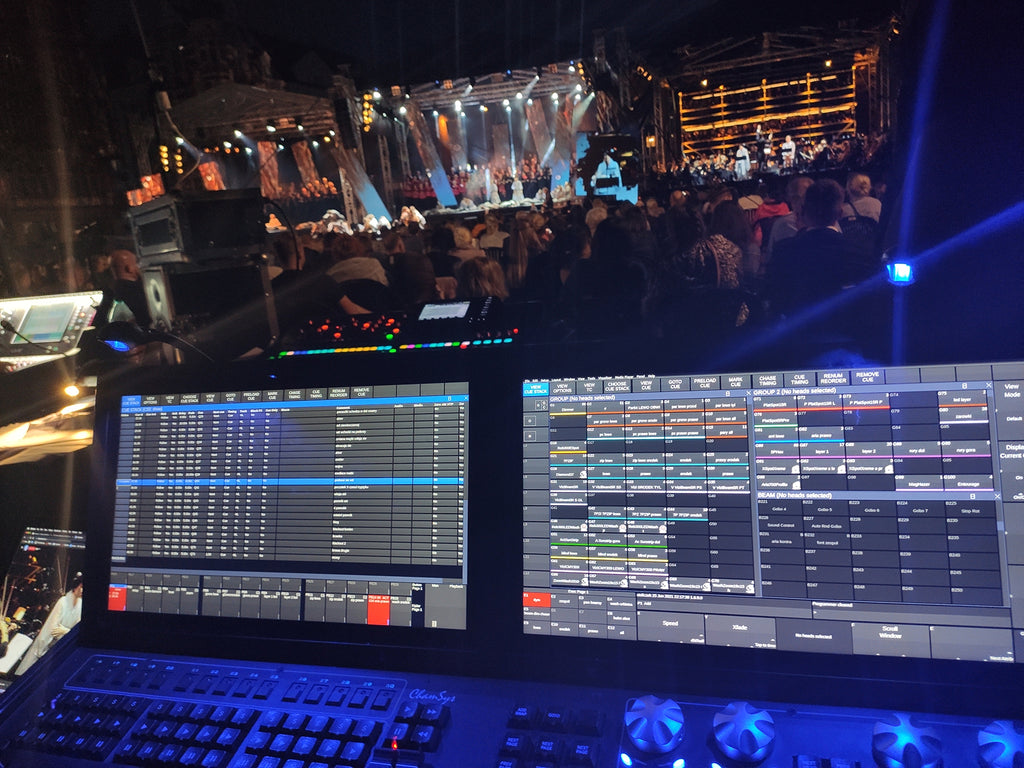 Despite this issue, Hyra was able to create a captivating lighting design that engrossed the large crowd gathered in Byton’s historic Market Square as well as those watching the livestream of one of the most important events in Poland. Dynamic and deftly executed, his smooth color changes and seamless transitions flowed naturally with the traditional Polish folk dancers on stage. Later in the evening, when the initial performers were replaced by a rock band, he created a tour-like show.
Despite this issue, Hyra was able to create a captivating lighting design that engrossed the large crowd gathered in Byton’s historic Market Square as well as those watching the livestream of one of the most important events in Poland. Dynamic and deftly executed, his smooth color changes and seamless transitions flowed naturally with the traditional Polish folk dancers on stage. Later in the evening, when the initial performers were replaced by a rock band, he created a tour-like show.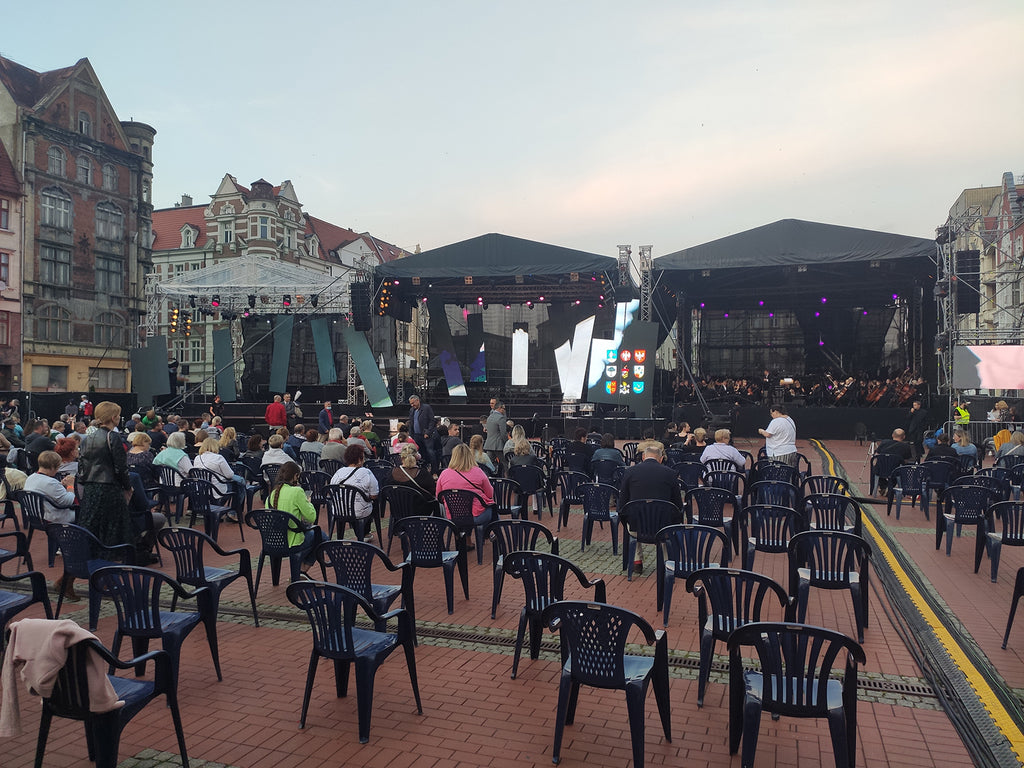 Hyra credits his console’s “easy on the fly cue editing,” with helping him adapt. He notes that thanks to this capability he was able to change looks quickly to reflect the vision of his director. The user-friendly intuitive interface of the
Hyra credits his console’s “easy on the fly cue editing,” with helping him adapt. He notes that thanks to this capability he was able to change looks quickly to reflect the vision of his director. The user-friendly intuitive interface of the 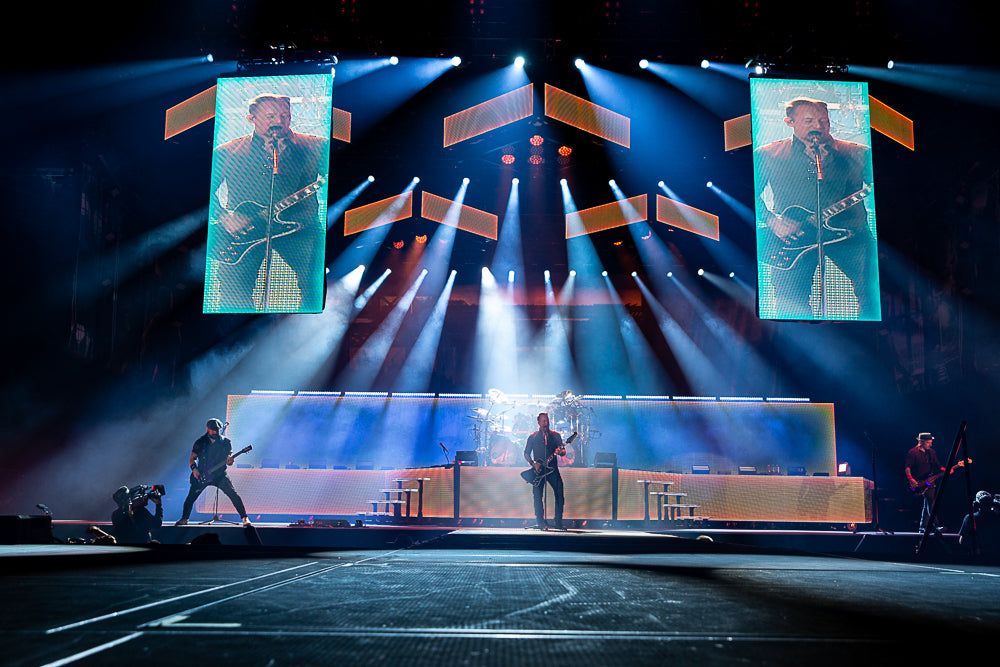
 Building on the energy of the band’s performance and driving the intensity level ever higher was a 40-universe Niller Bjerregaard light and video show powered by the designer’s two
Building on the energy of the band’s performance and driving the intensity level ever higher was a 40-universe Niller Bjerregaard light and video show powered by the designer’s two 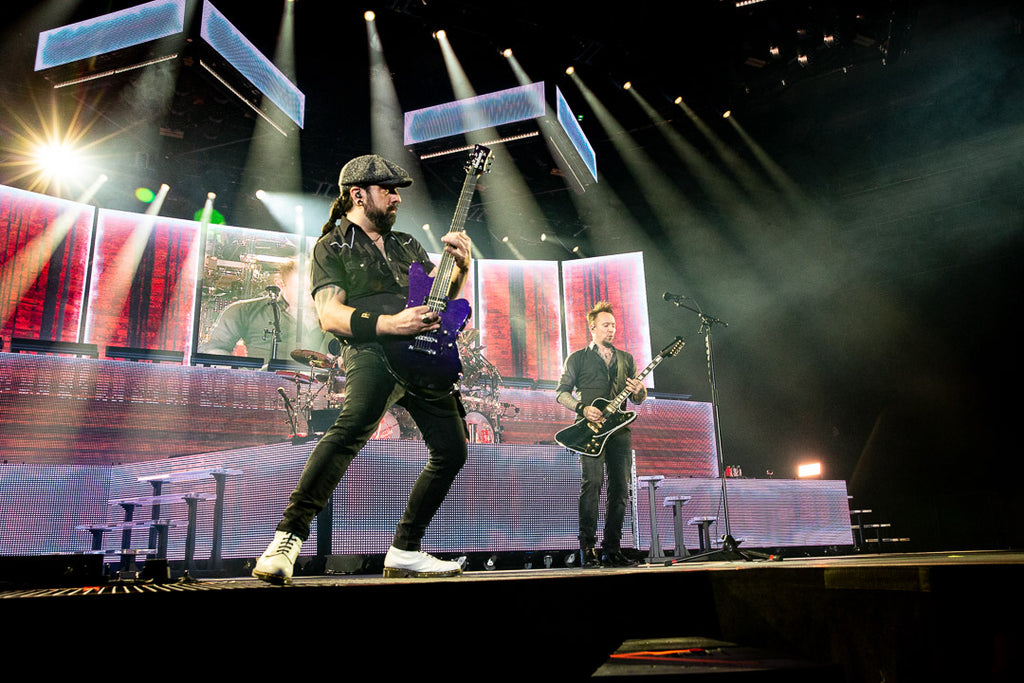 “The broadcast was as original as it gets,” said Bjerregaard. “All elements and features were as they happened that night and nothing was added or changed to enhance the viewer experience. The Stuttgart recordings were part of numerous recordings on that tour, but no elements were used from other shows, so what fans saw was exactly what happened. This video is a close as possible to that night, which is pretty cool.”
“The broadcast was as original as it gets,” said Bjerregaard. “All elements and features were as they happened that night and nothing was added or changed to enhance the viewer experience. The Stuttgart recordings were part of numerous recordings on that tour, but no elements were used from other shows, so what fans saw was exactly what happened. This video is a close as possible to that night, which is pretty cool.”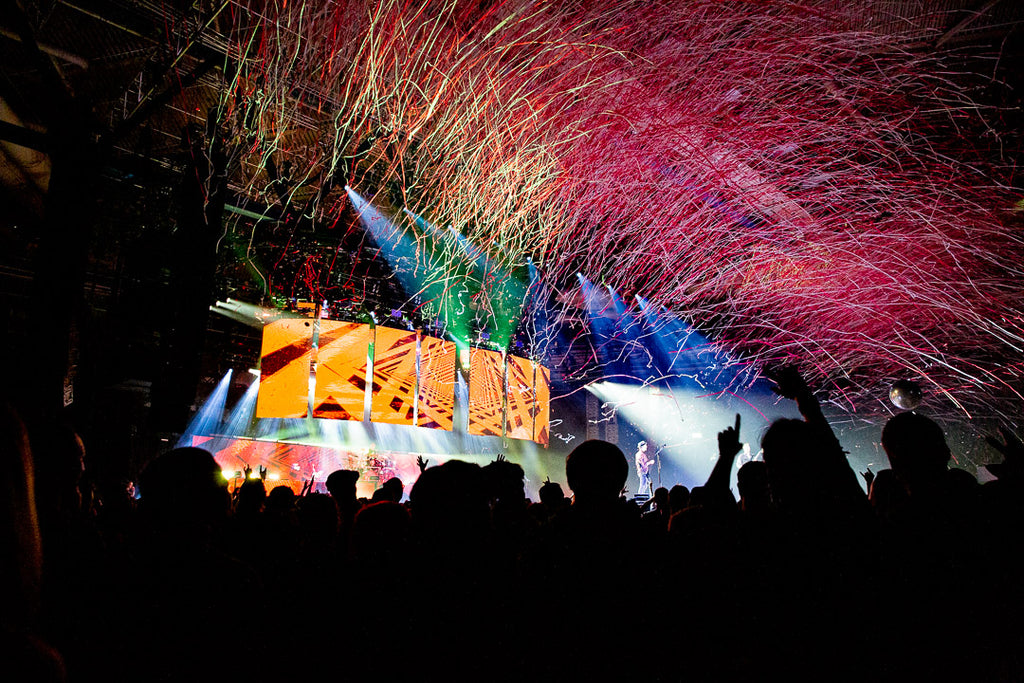 Bjerregaard used the M-Box Media Server. “Michael Austin Smalley, a renowned Light/Media Designer from Las Vegas and great friend, helped me in setting up,” said Bjerregaard. “My MQ500 controlled the media server with special designed video content, including movie clips with matching sound effects through the PA, as well as all camera live feeds.
Bjerregaard used the M-Box Media Server. “Michael Austin Smalley, a renowned Light/Media Designer from Las Vegas and great friend, helped me in setting up,” said Bjerregaard. “My MQ500 controlled the media server with special designed video content, including movie clips with matching sound effects through the PA, as well as all camera live feeds.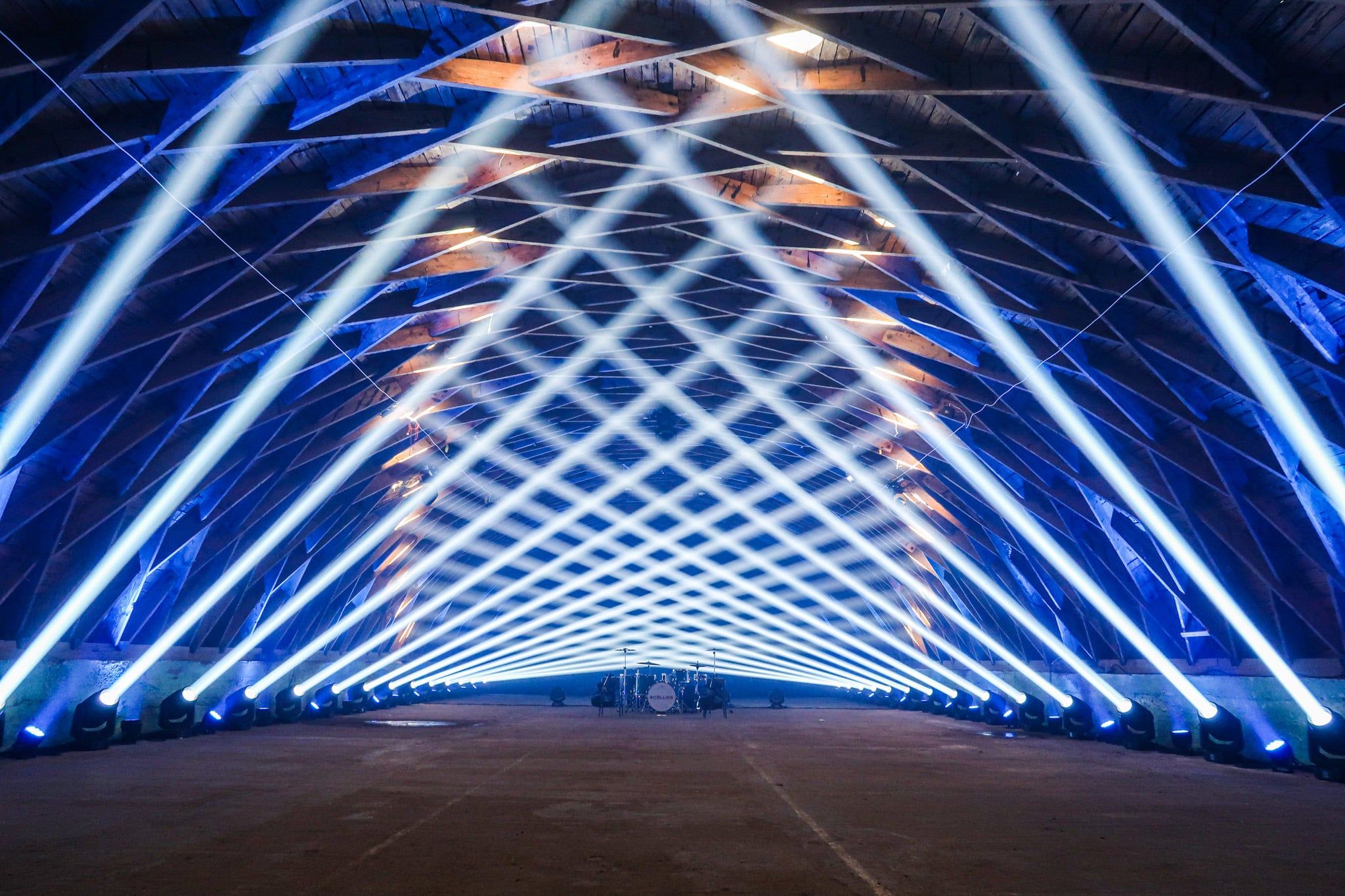
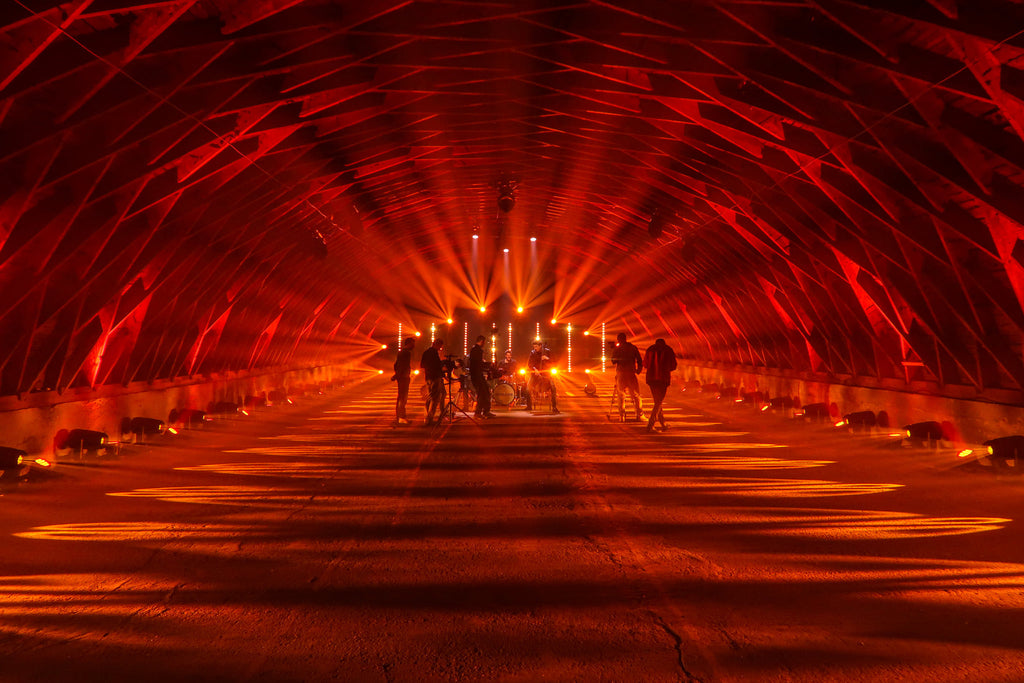 Their bows feverishly jumping off the strings of their instruments, Luka Šulić and Stjepan Hauser, the Croatian cellists who make up the group, mange to push the oft-played rock classic to new levels of intensity. Reflecting the driving force of their performance visually throughout the 4 minute and 21 second video is a dynamic and intricately layered light show by Crt Birsa of Slovenia-based Blackout Lighting Design.
Their bows feverishly jumping off the strings of their instruments, Luka Šulić and Stjepan Hauser, the Croatian cellists who make up the group, mange to push the oft-played rock classic to new levels of intensity. Reflecting the driving force of their performance visually throughout the 4 minute and 21 second video is a dynamic and intricately layered light show by Crt Birsa of Slovenia-based Blackout Lighting Design.  “I didn’t want to go multicolor,” he said. “Basic palettes were the most well-suited for this venue. Patterns and movement were what I relied on to visualize the music in a way that stood out.
“I didn’t want to go multicolor,” he said. “Basic palettes were the most well-suited for this venue. Patterns and movement were what I relied on to visualize the music in a way that stood out.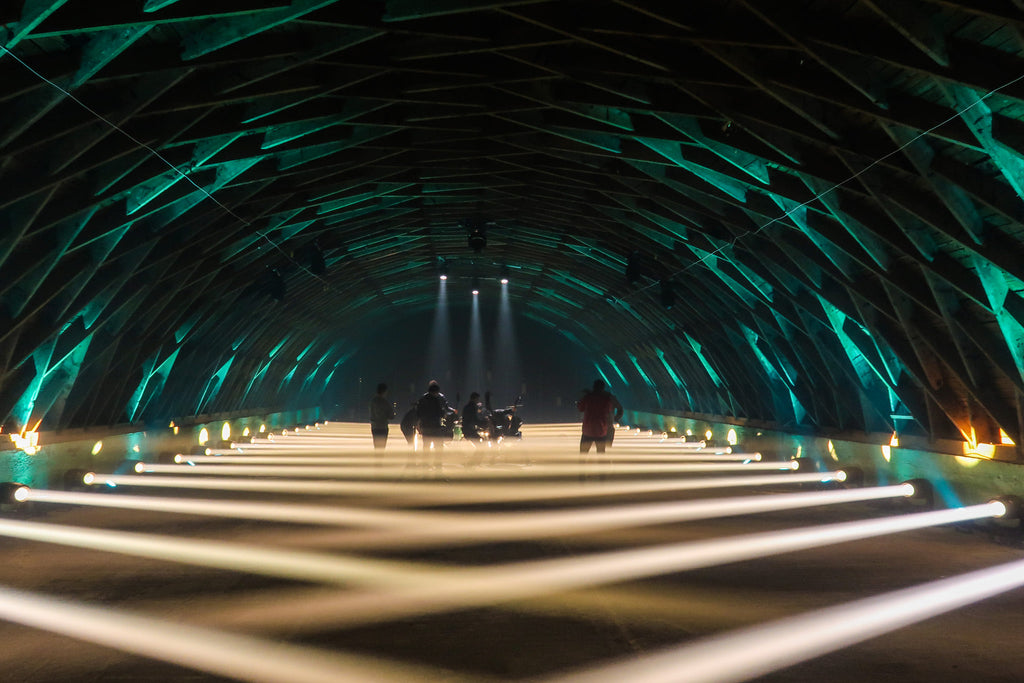 Birsa notes that the Time Code and Cue Editing features his
Birsa notes that the Time Code and Cue Editing features his  “The MQ80 is a compact unit, but its powerful enough for elaborate jobs, and it’s a straight forward console to run,” he said. “For me, it’s the perfect console to take it on the field when I have a pre-programmed show and all I have to do is make some corrections. It also has UPS inside, which is most useful when you run the whole system by generator. If it runs out of fuel or something else happens, you have the chance to save the show and shut down securely. Really, this console has never let me down.”
“The MQ80 is a compact unit, but its powerful enough for elaborate jobs, and it’s a straight forward console to run,” he said. “For me, it’s the perfect console to take it on the field when I have a pre-programmed show and all I have to do is make some corrections. It also has UPS inside, which is most useful when you run the whole system by generator. If it runs out of fuel or something else happens, you have the chance to save the show and shut down securely. Really, this console has never let me down.”